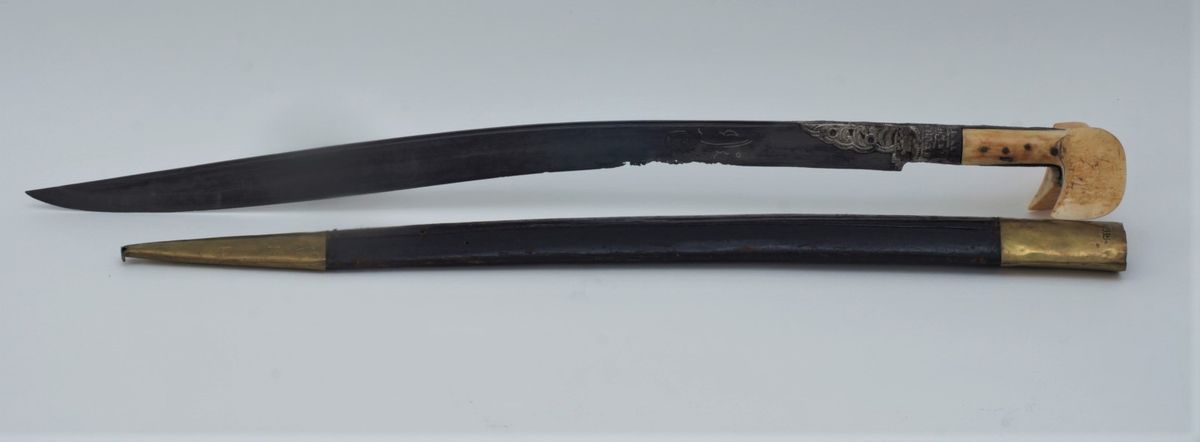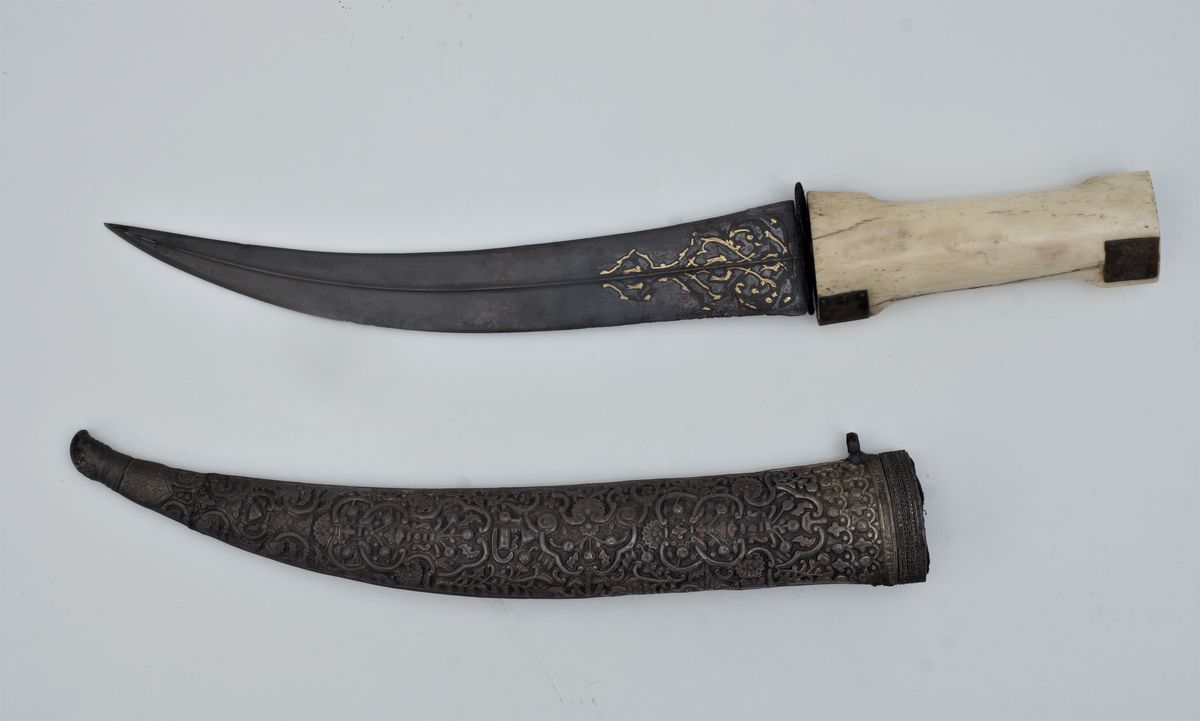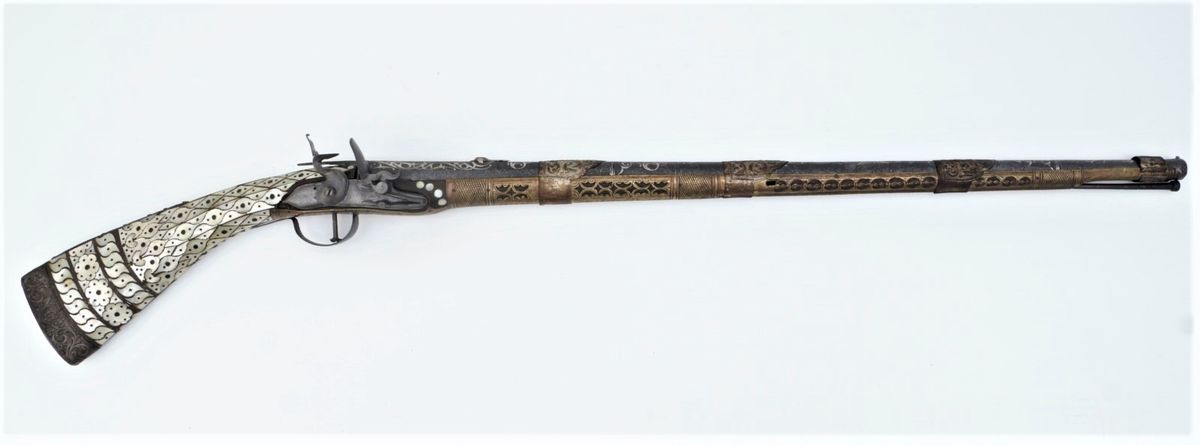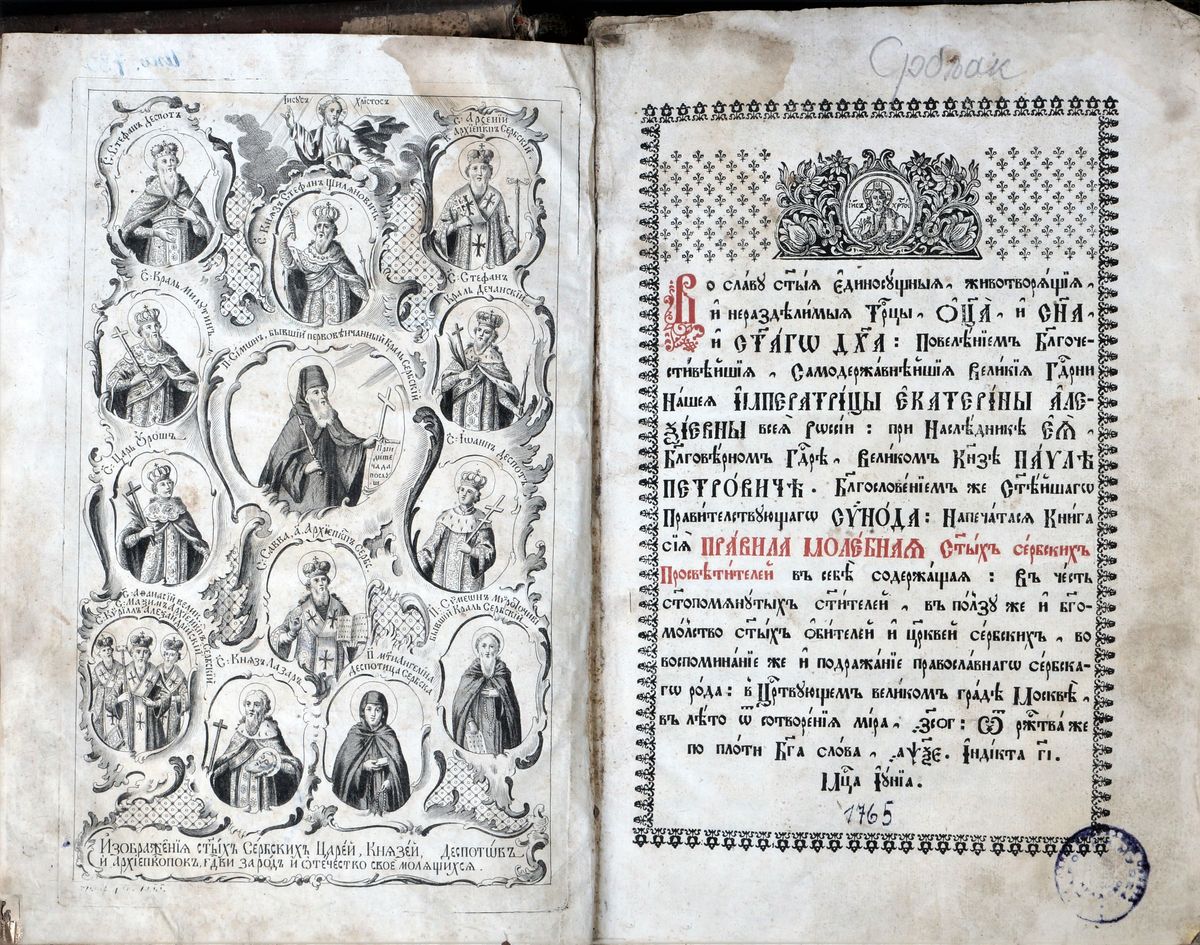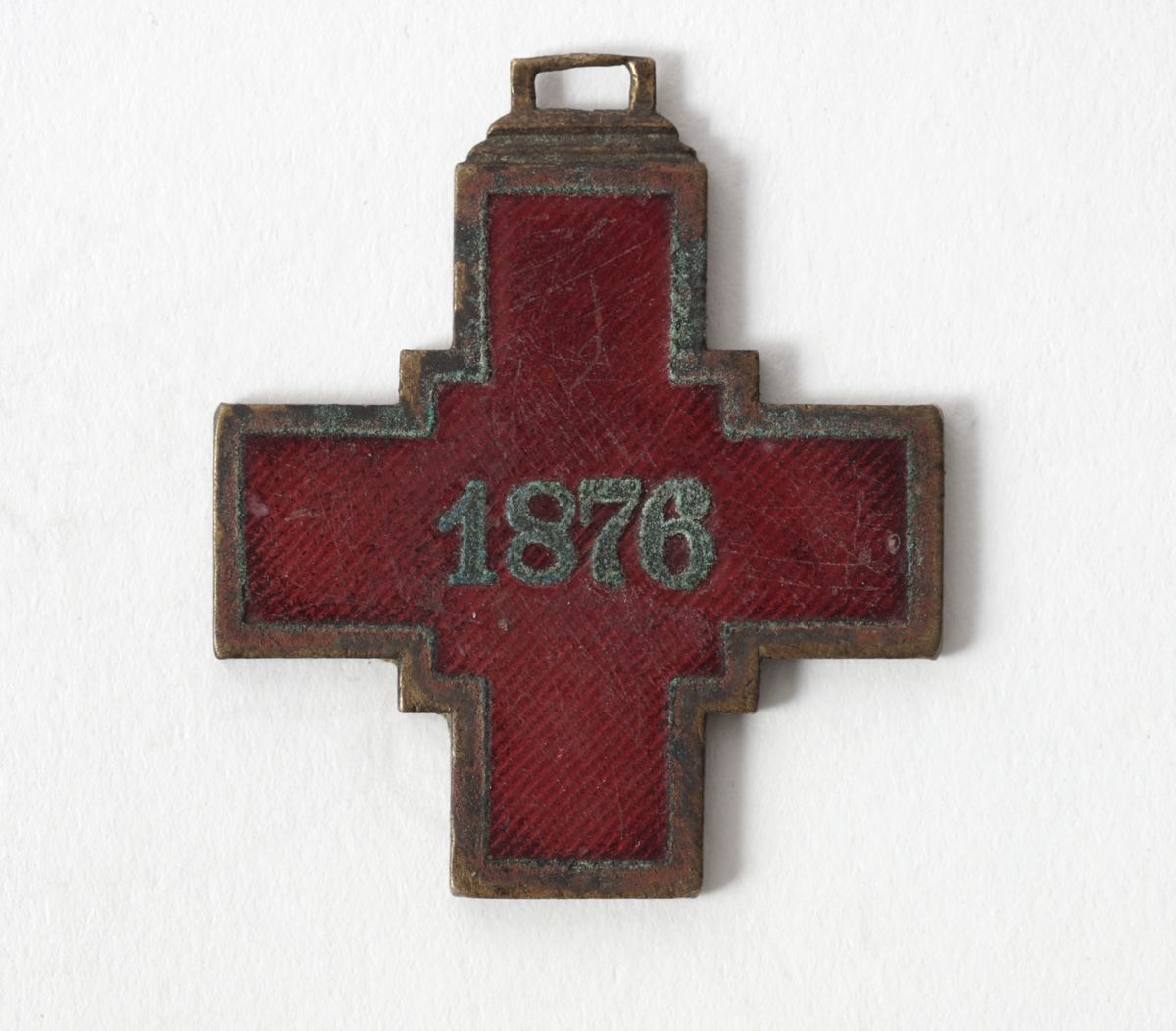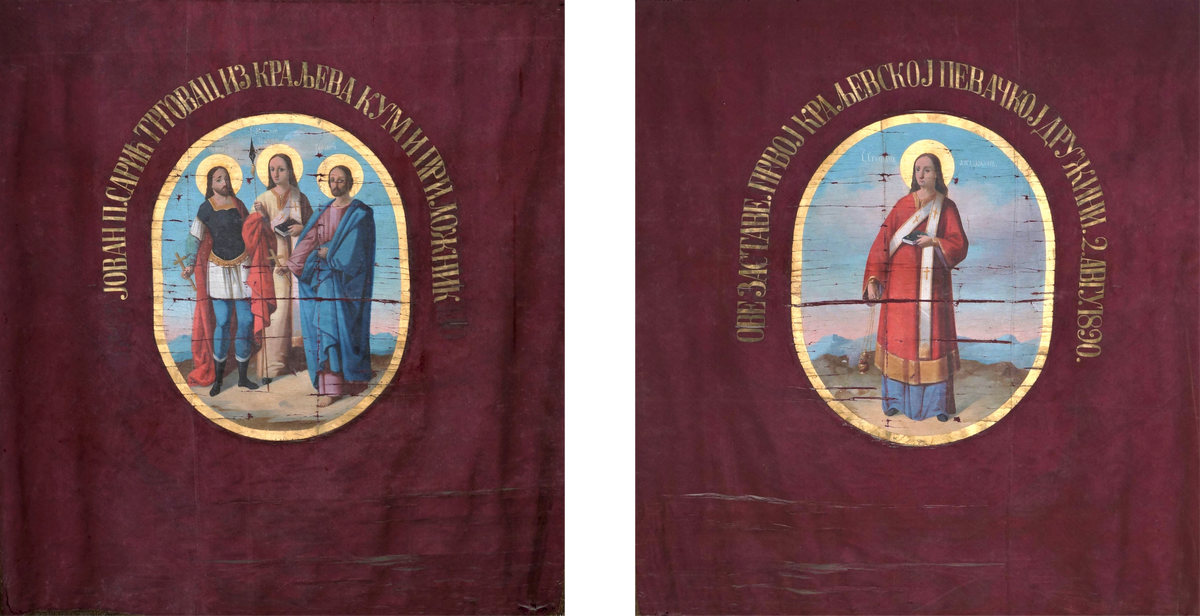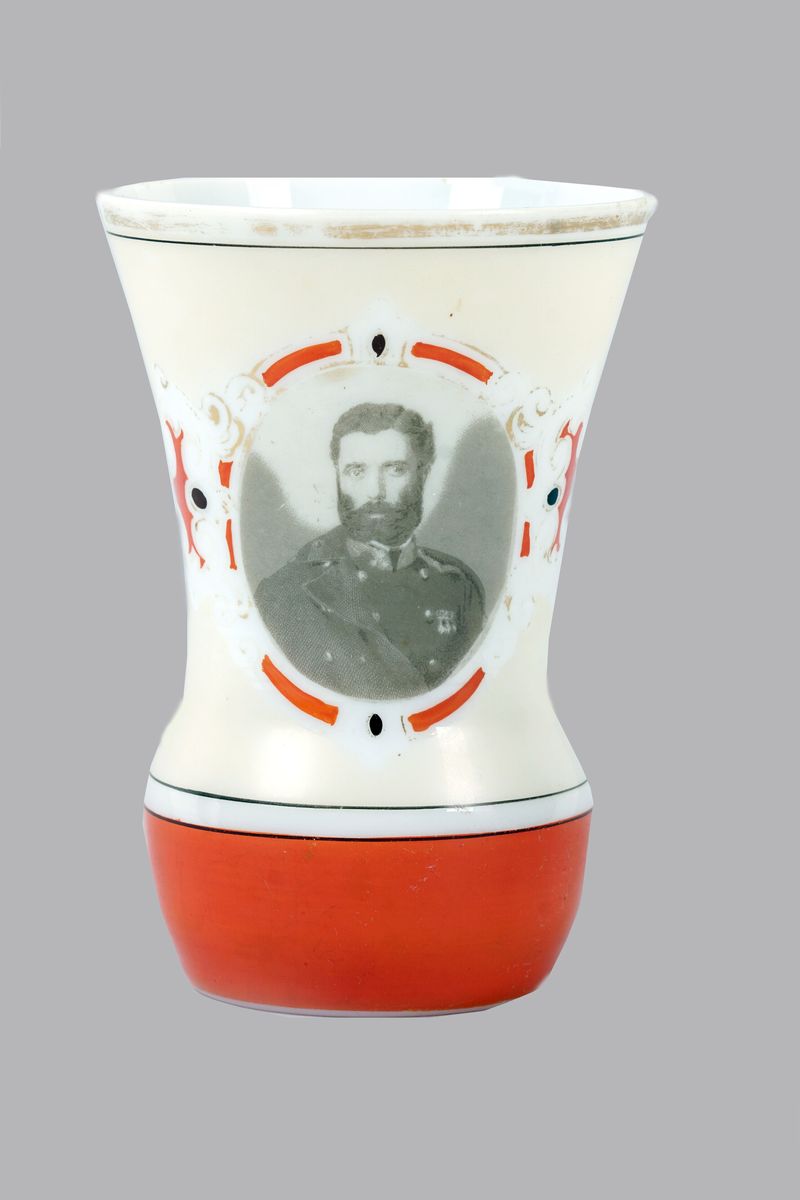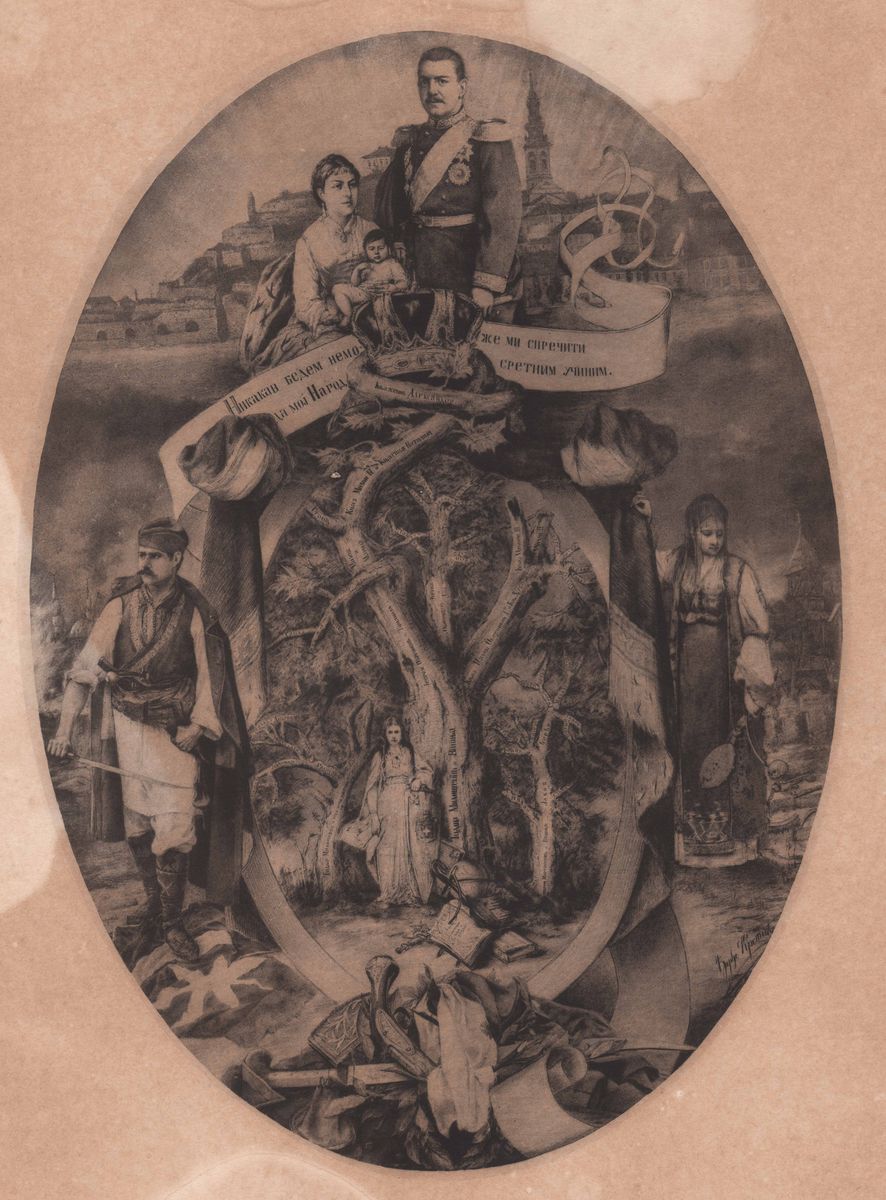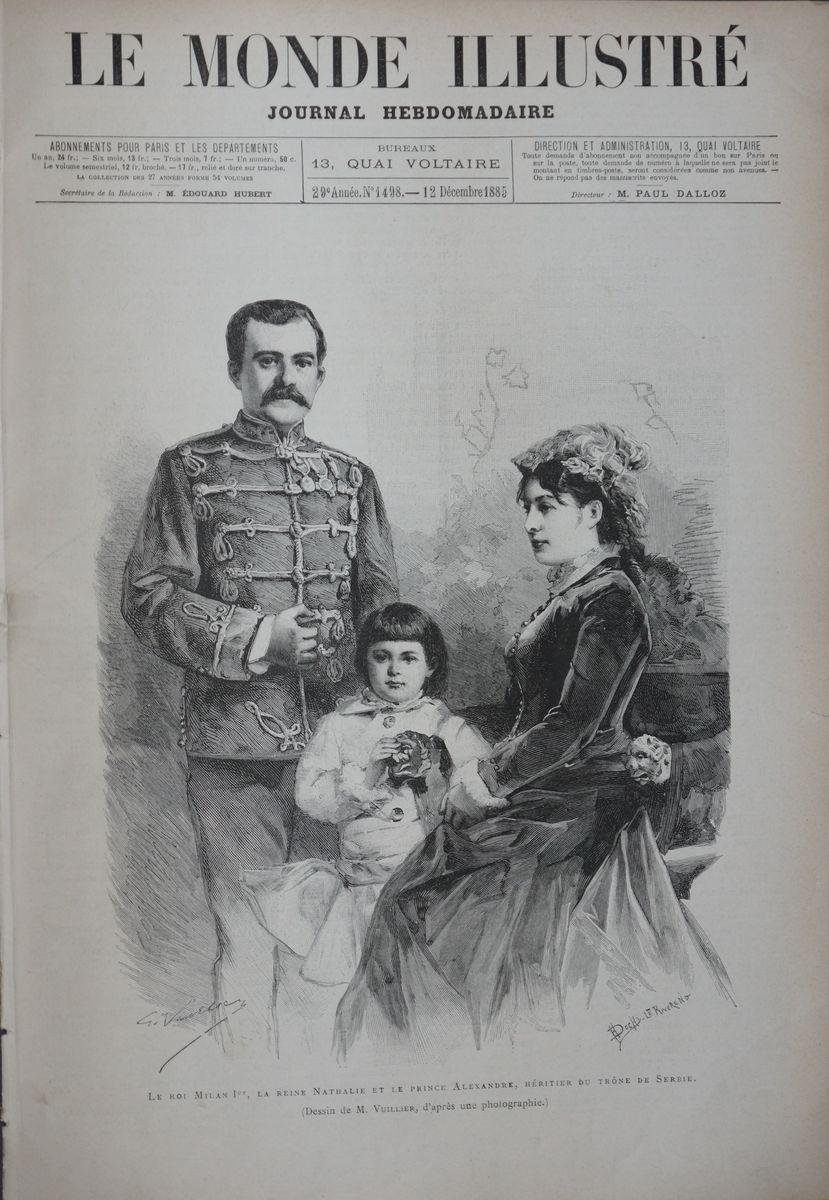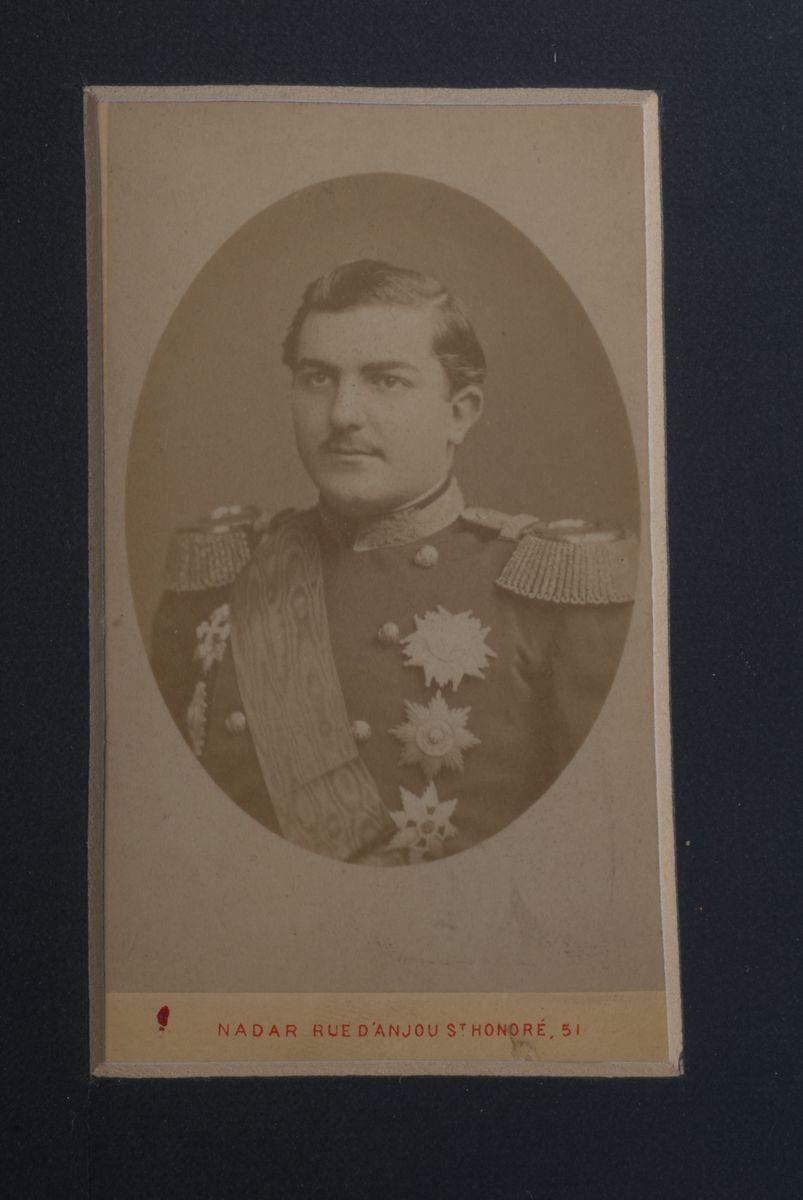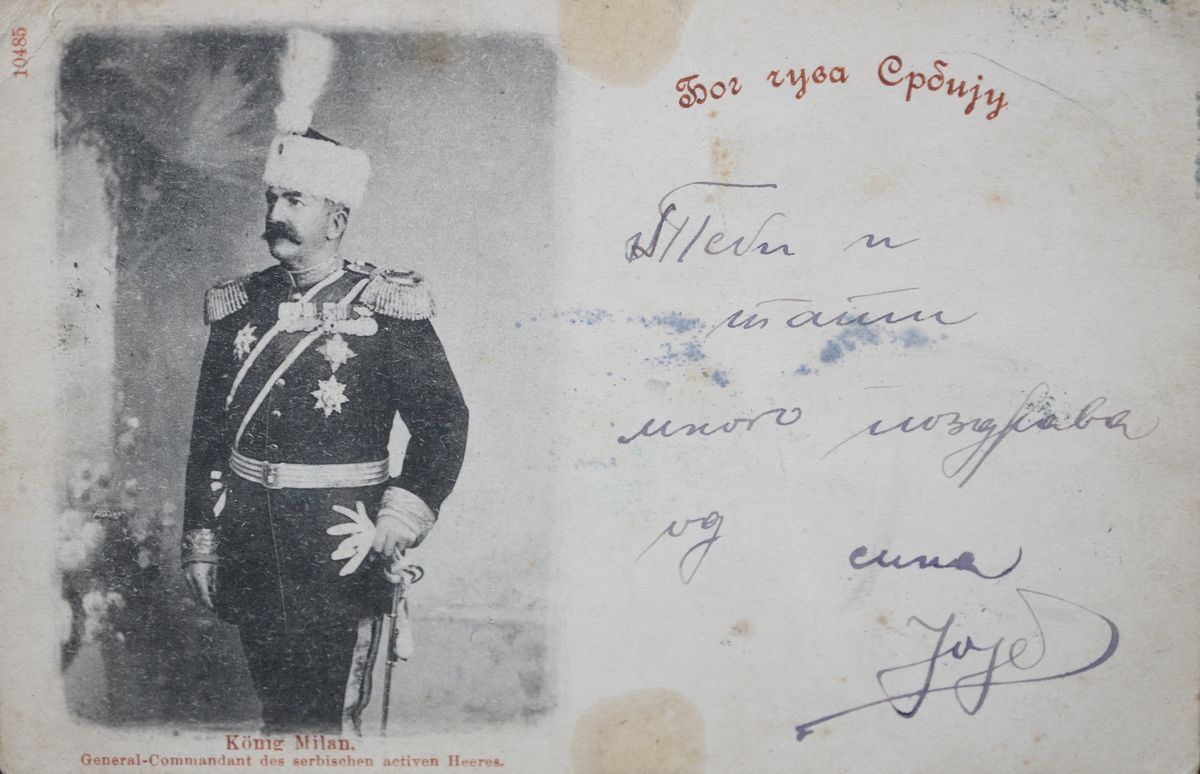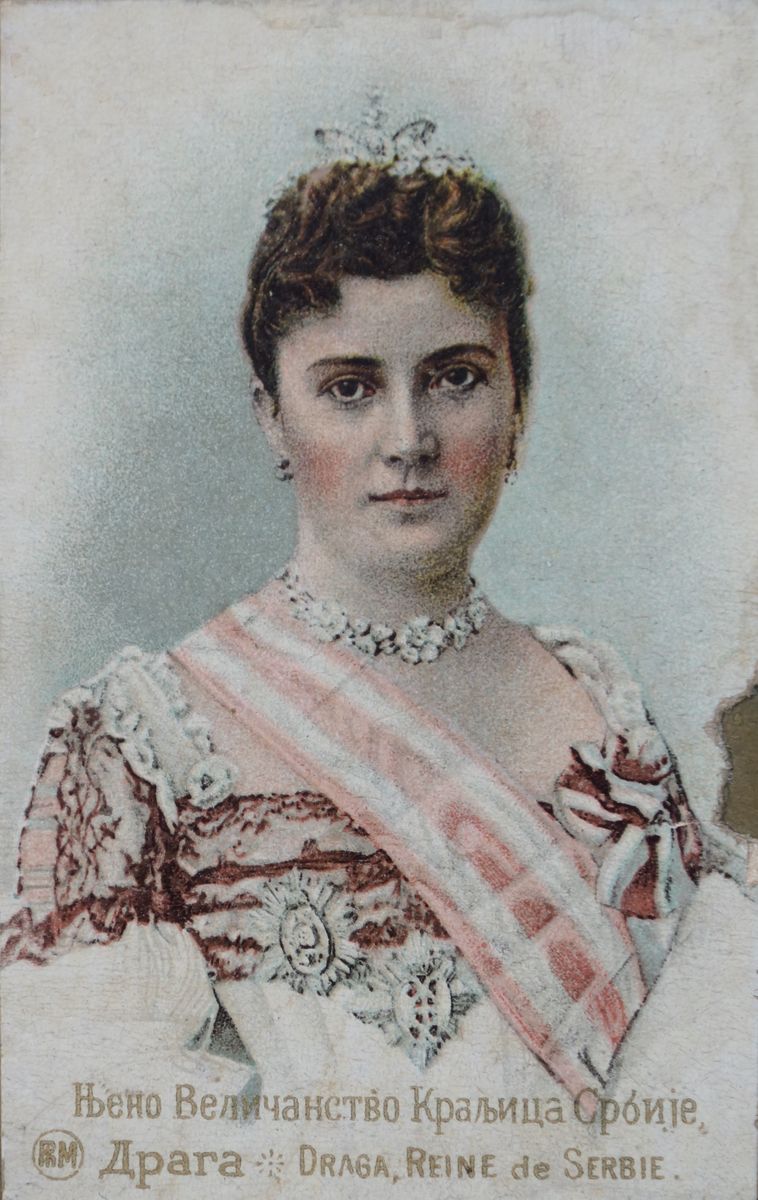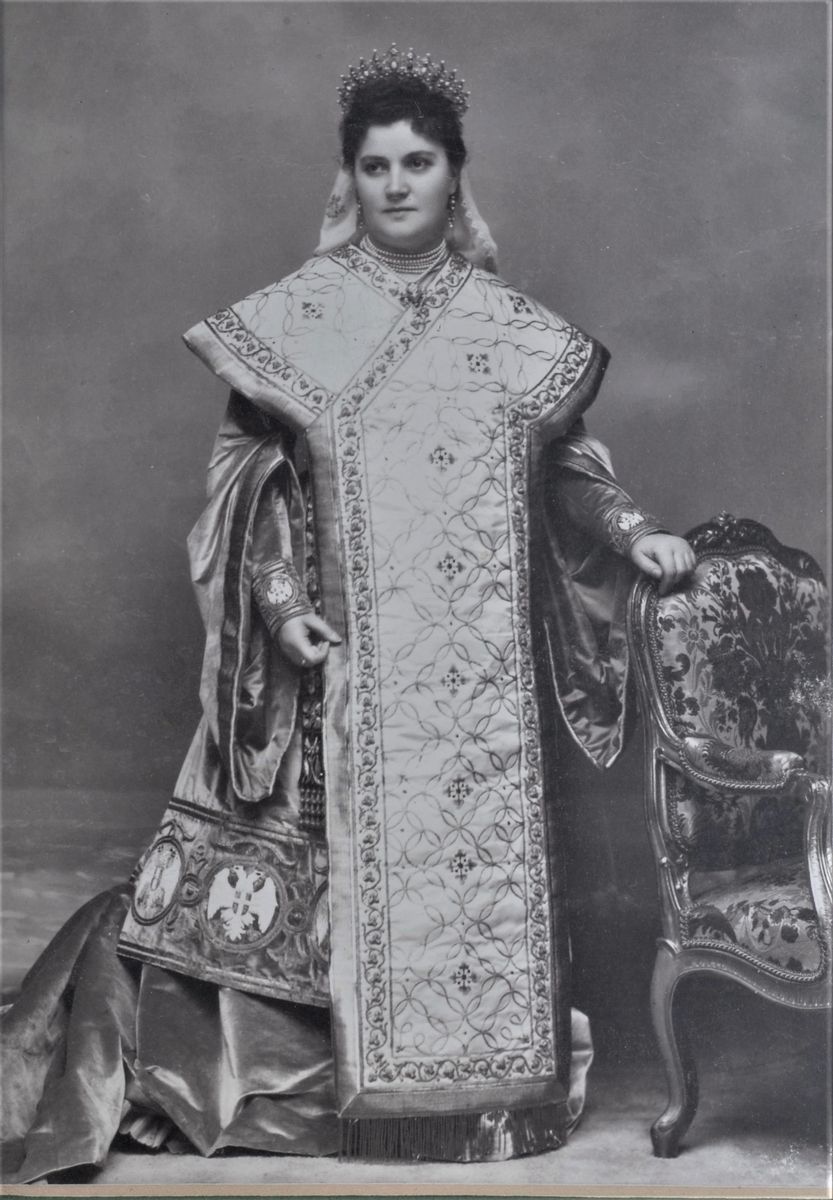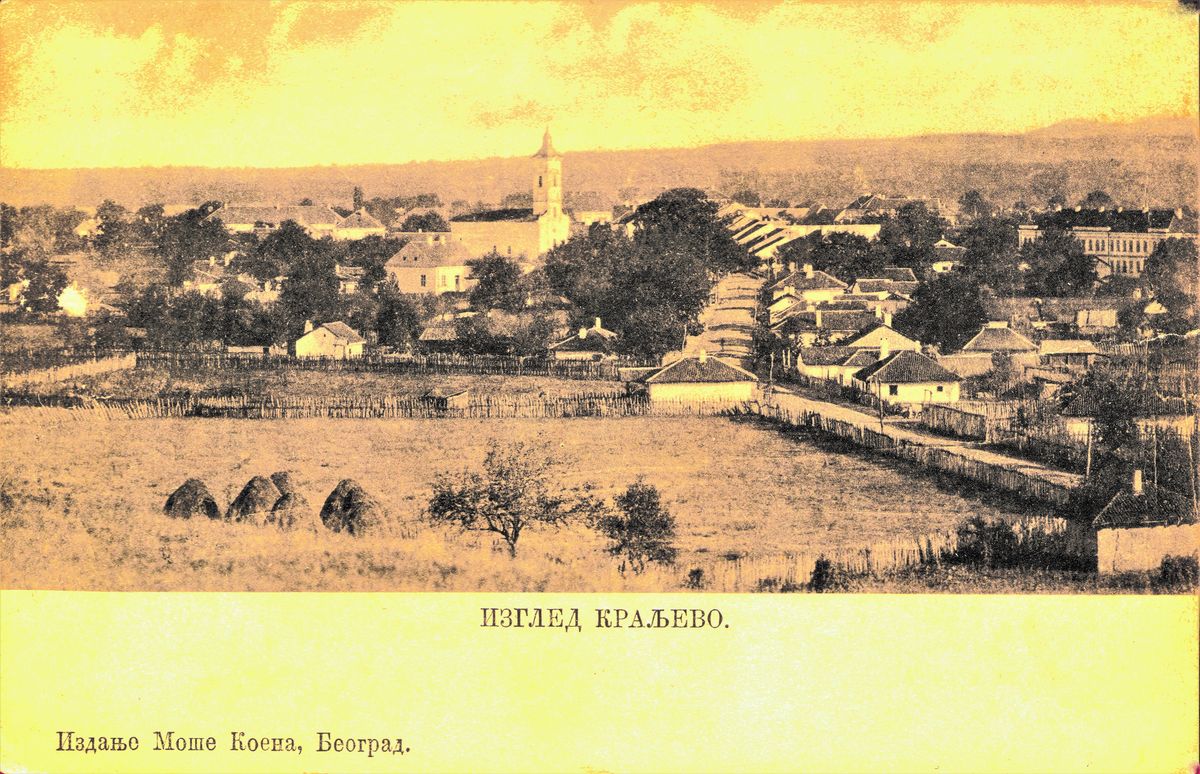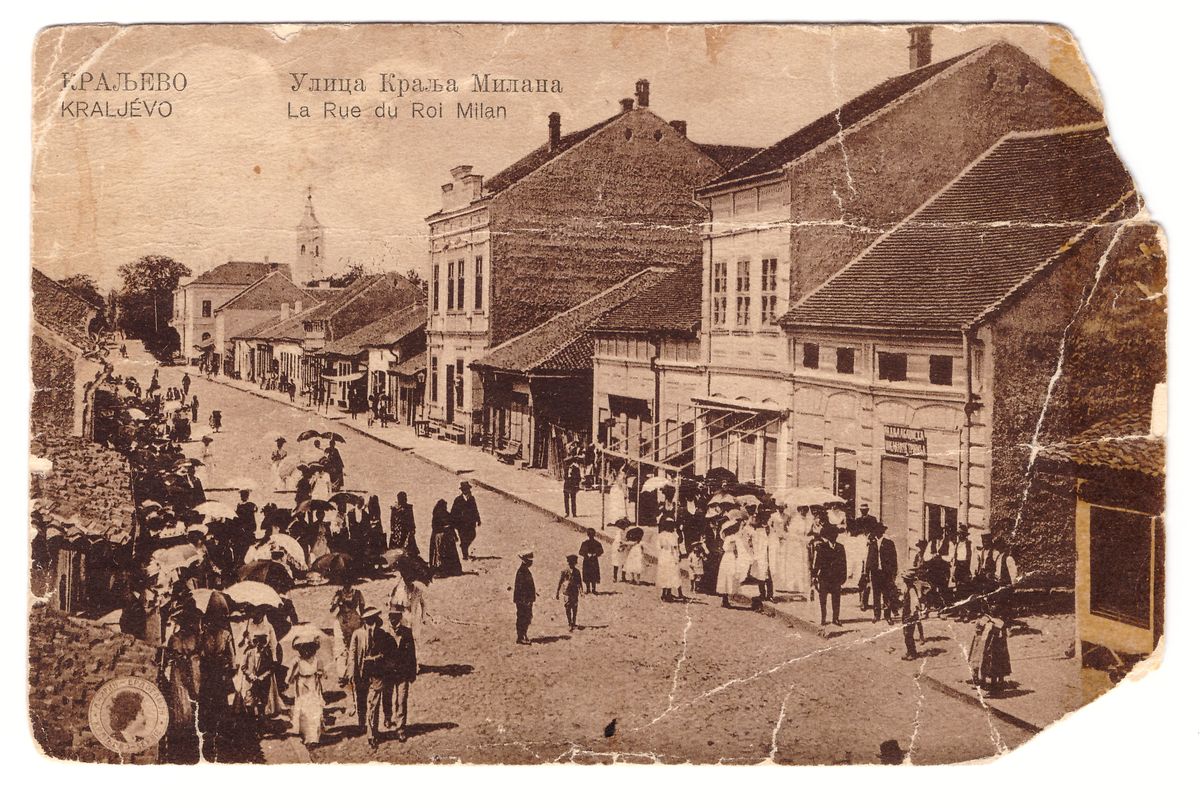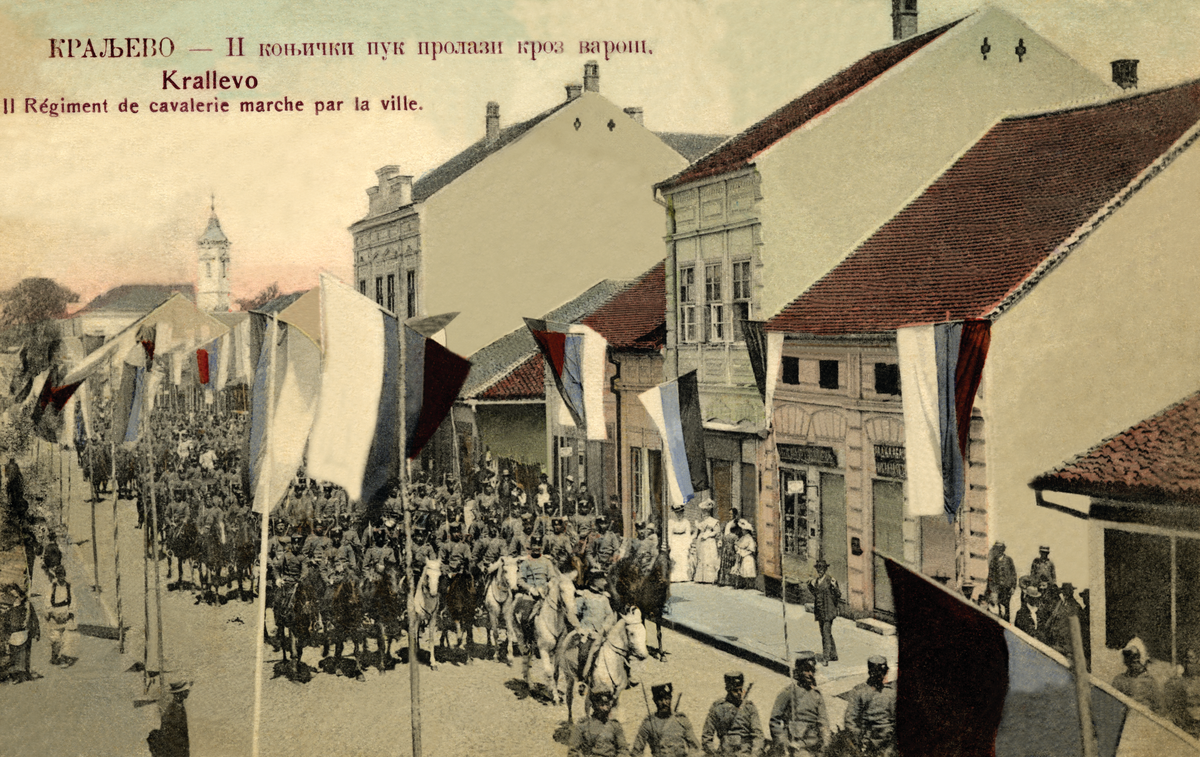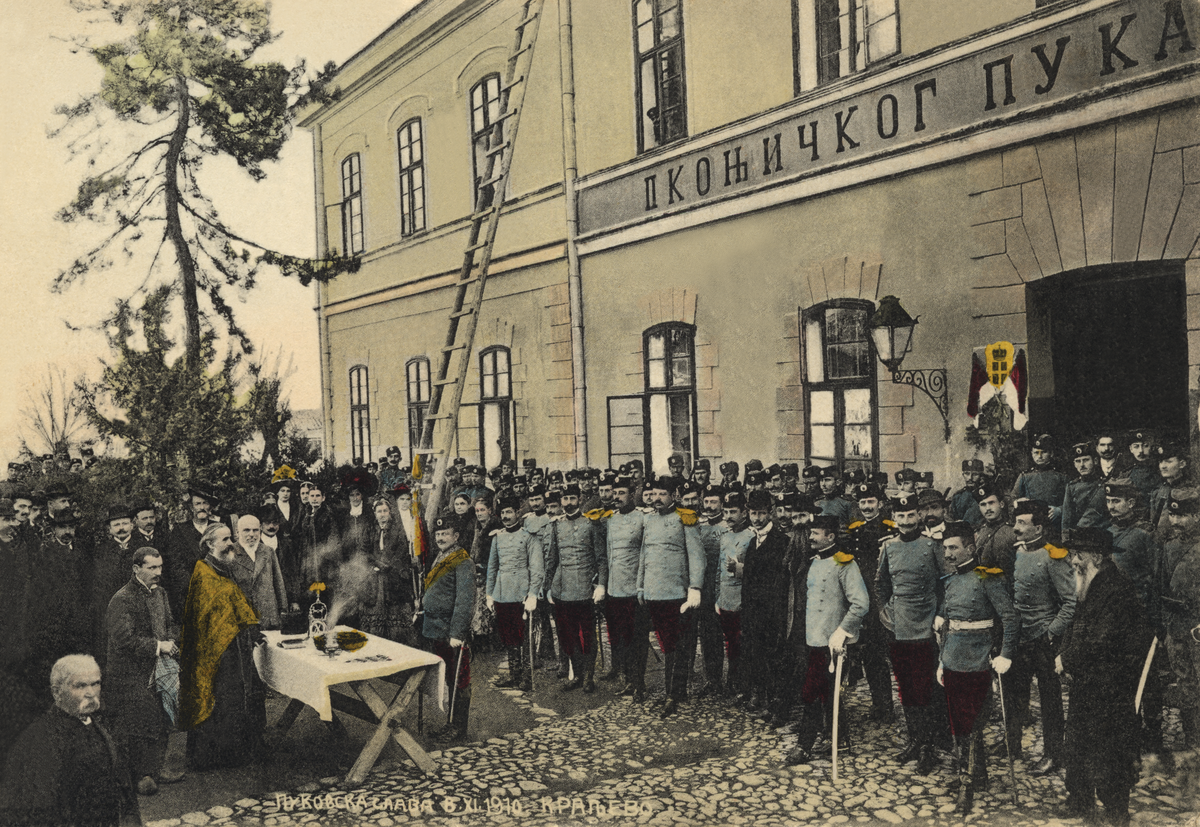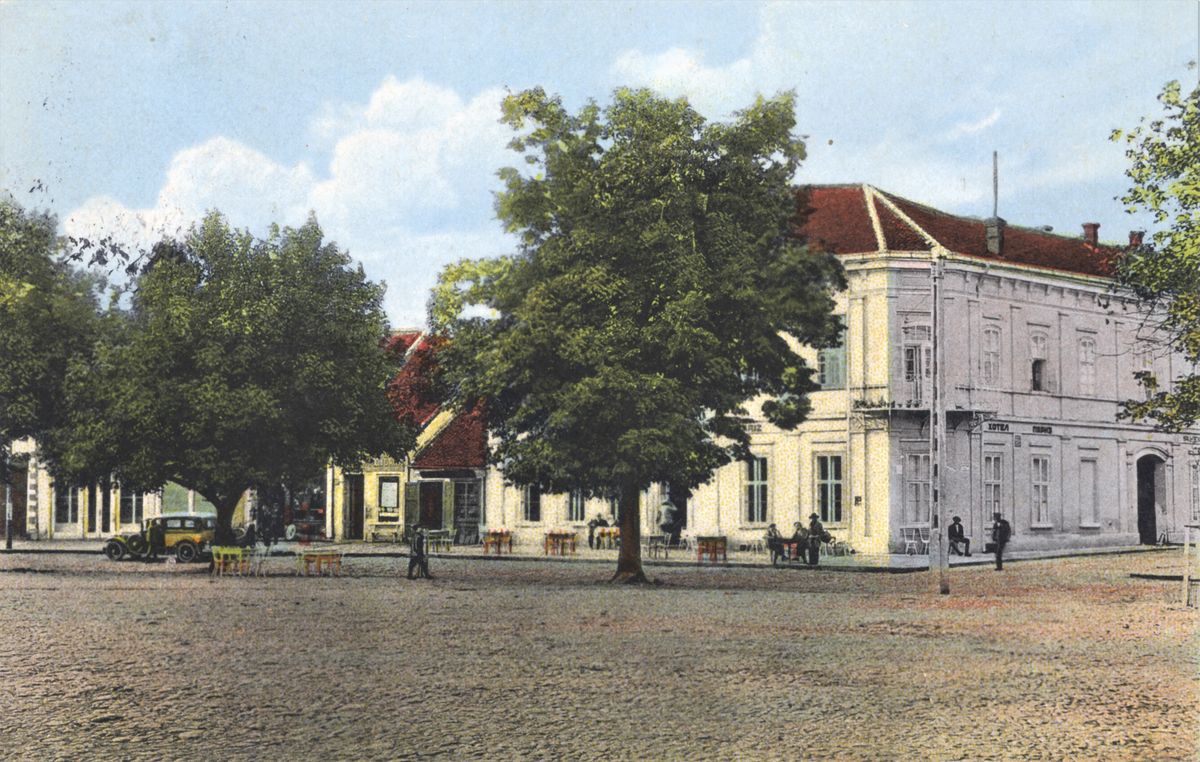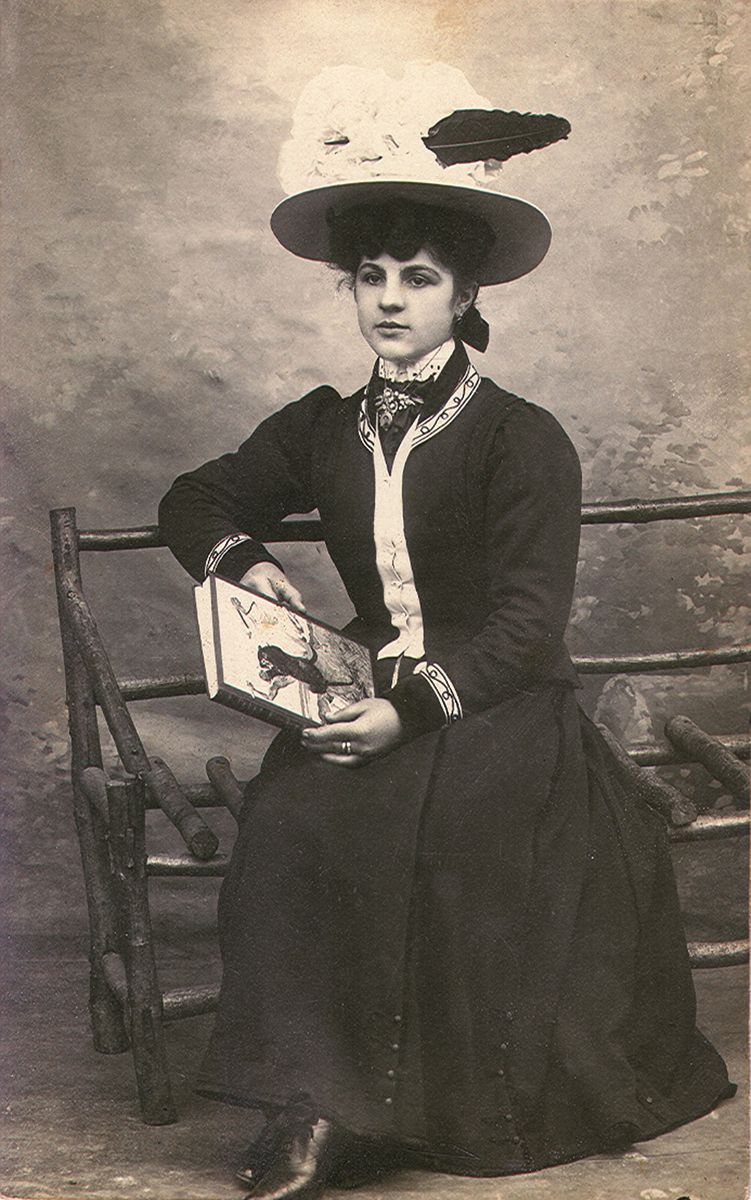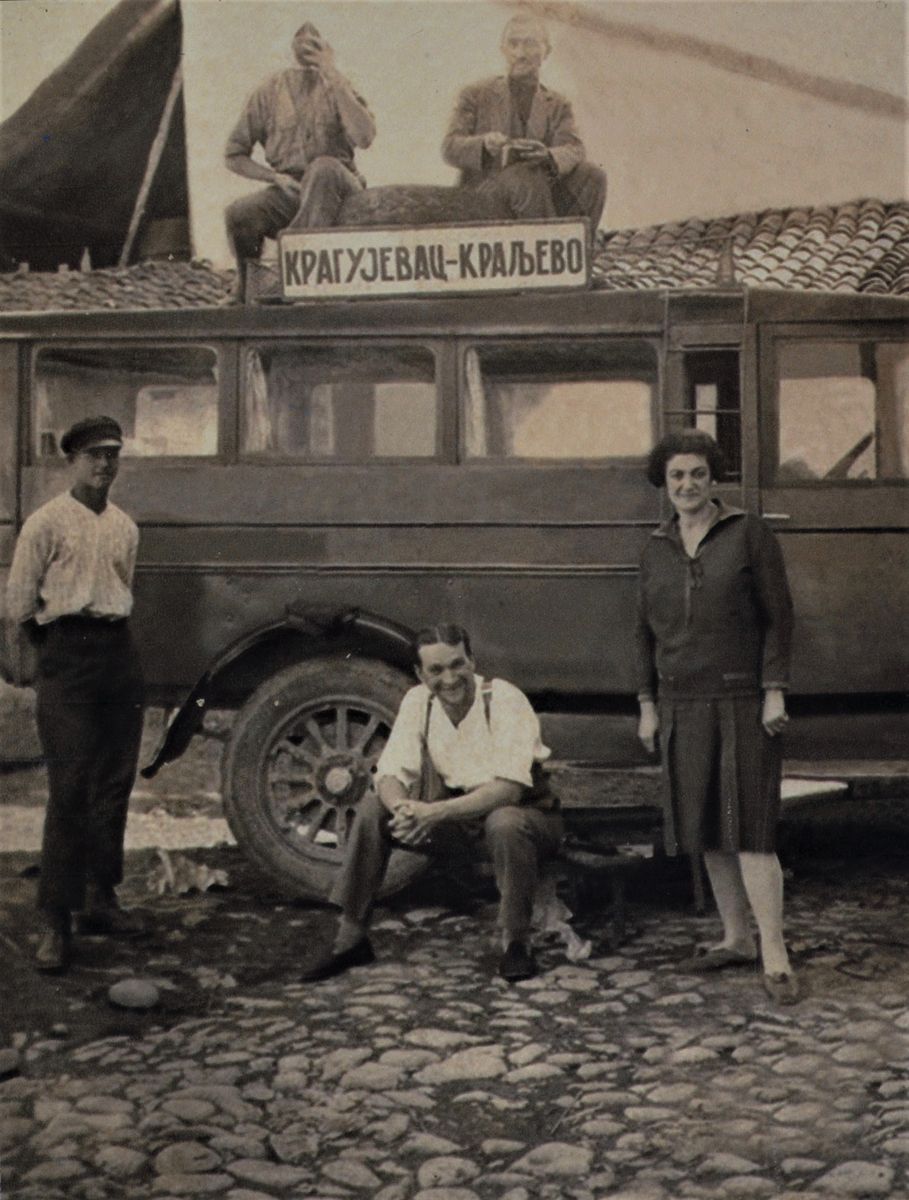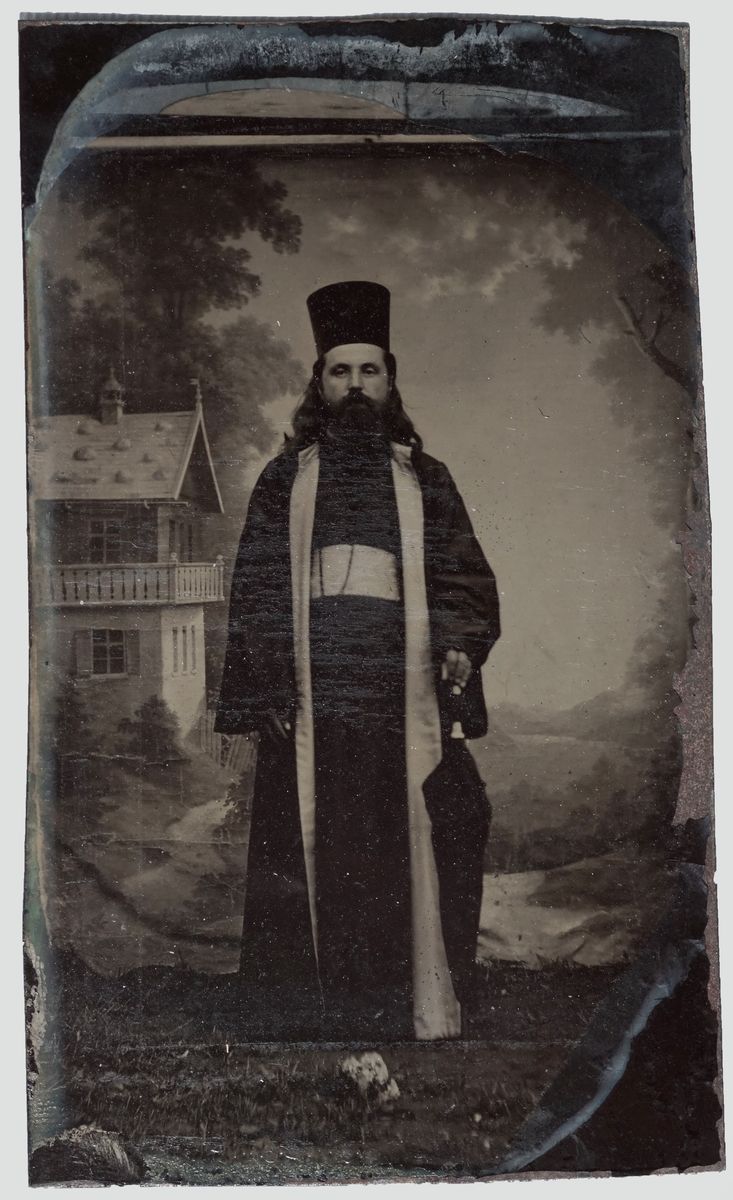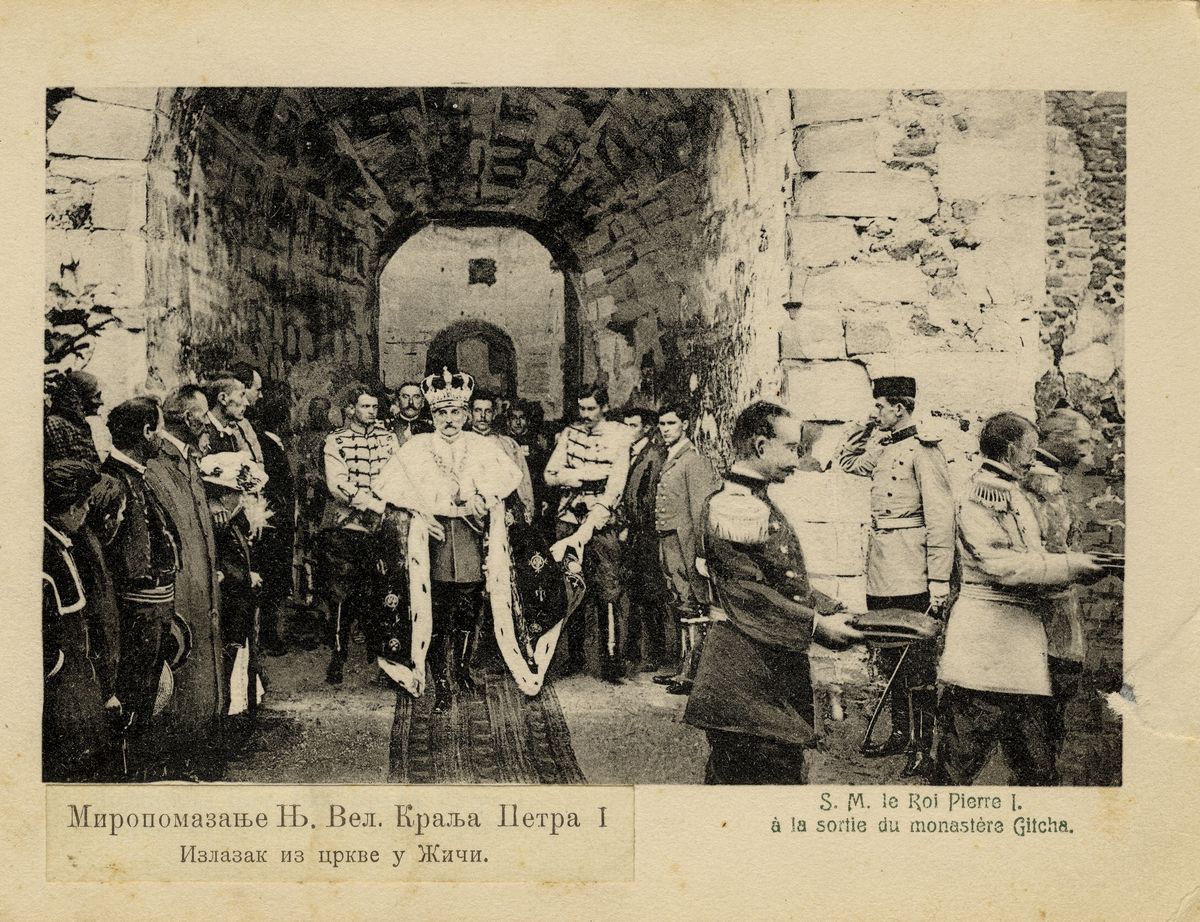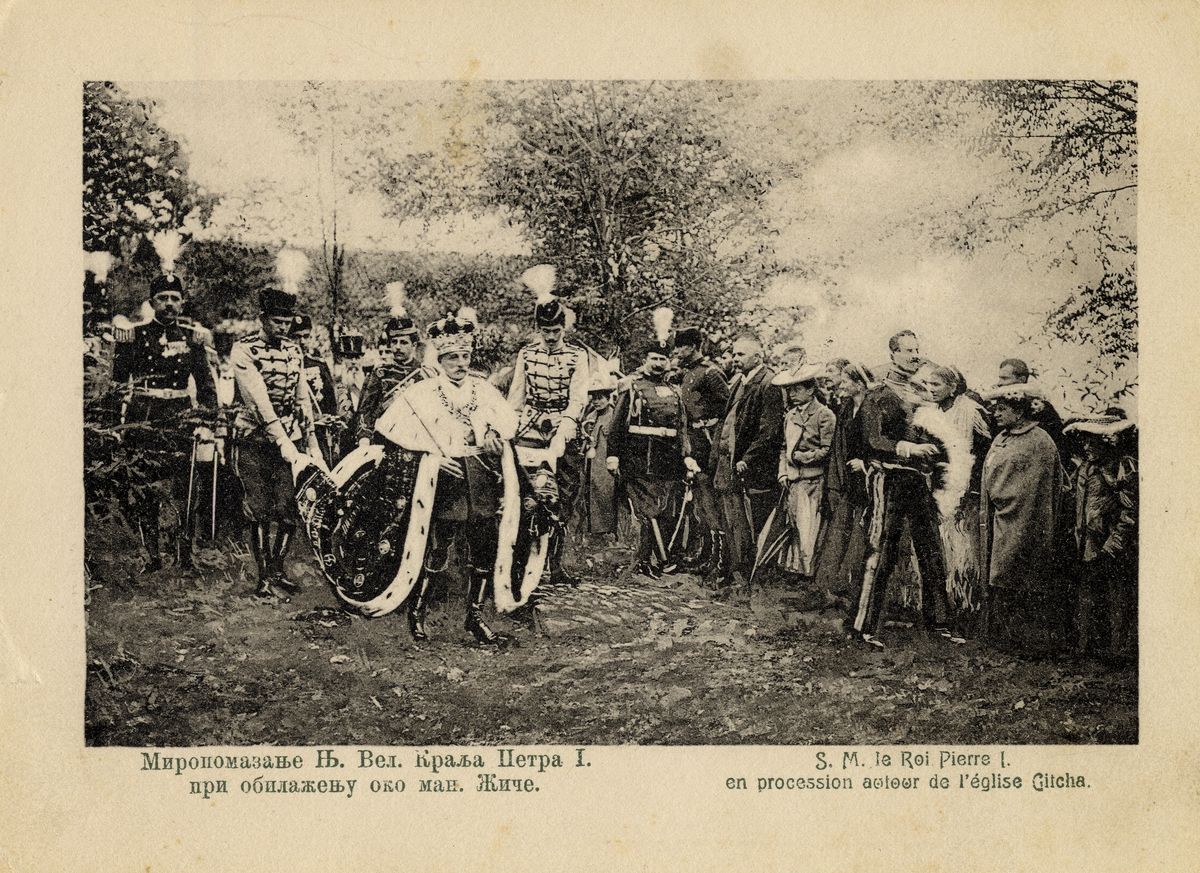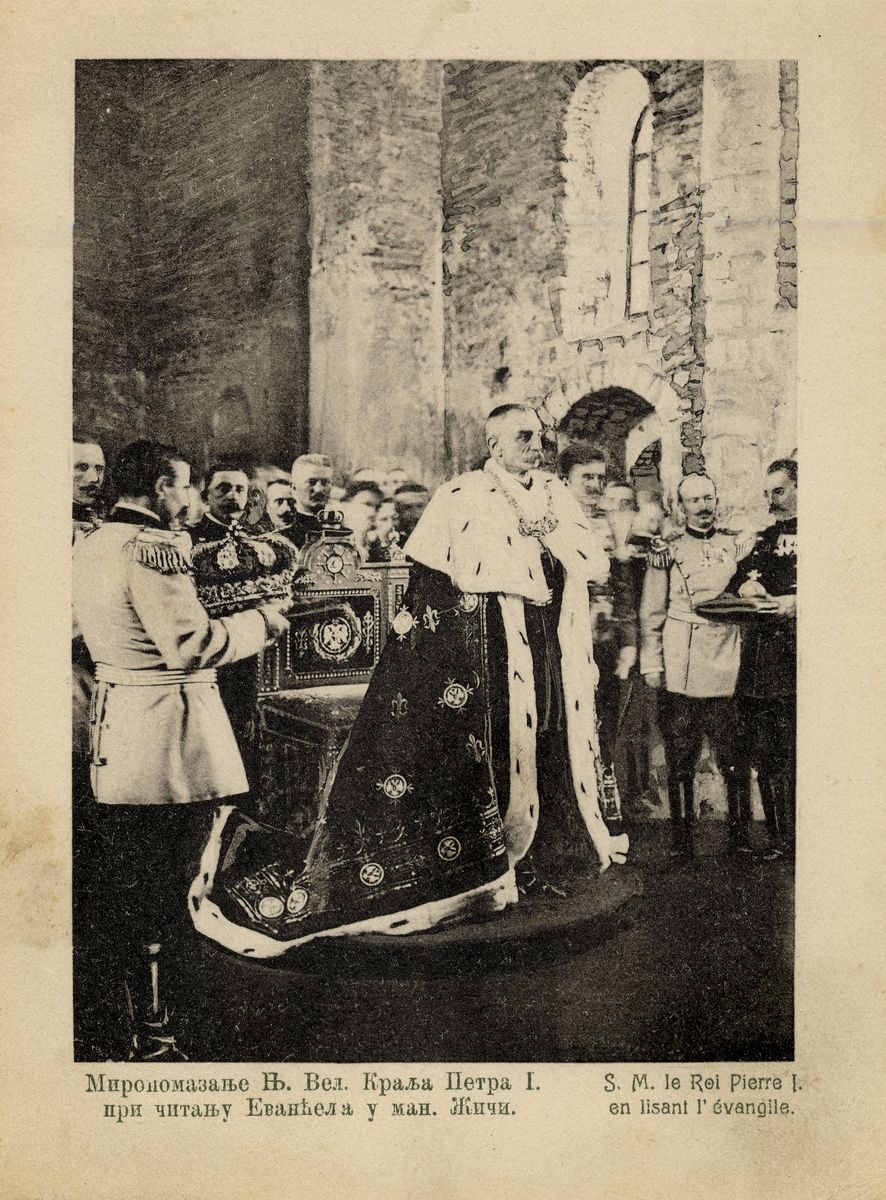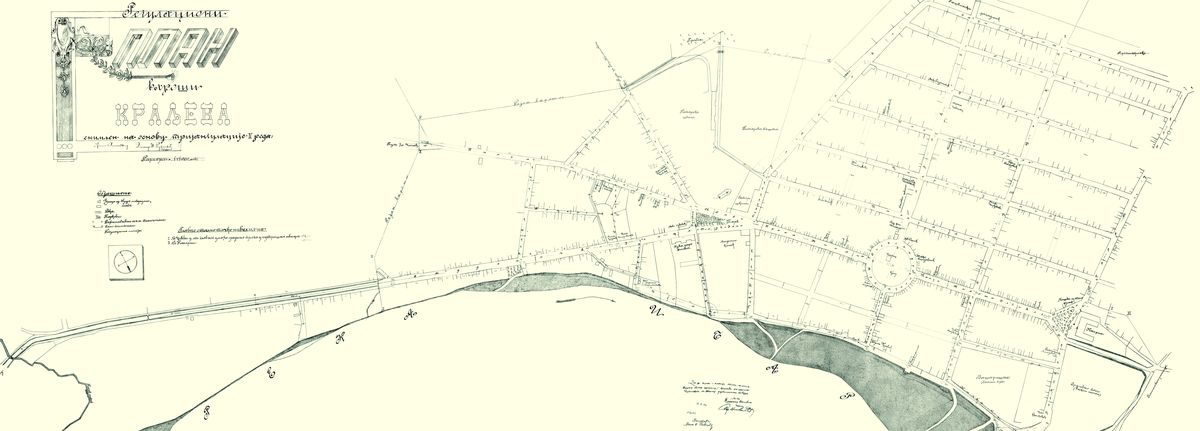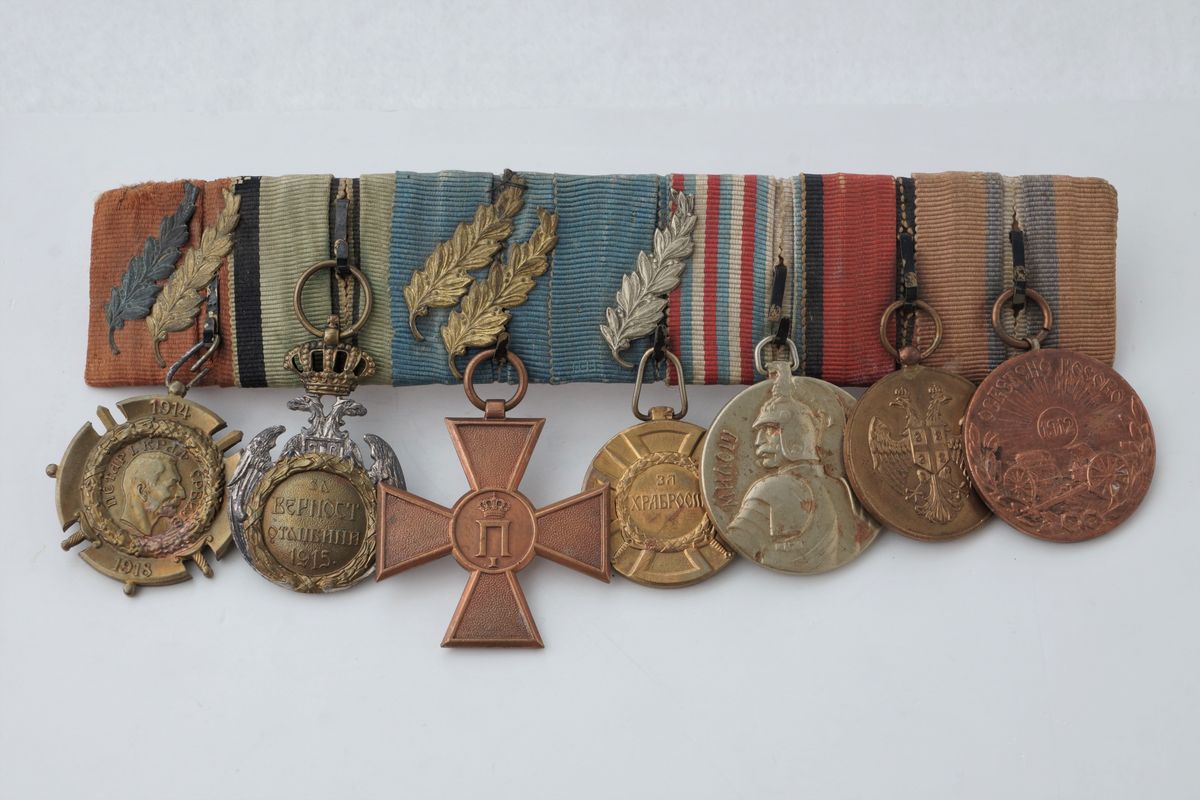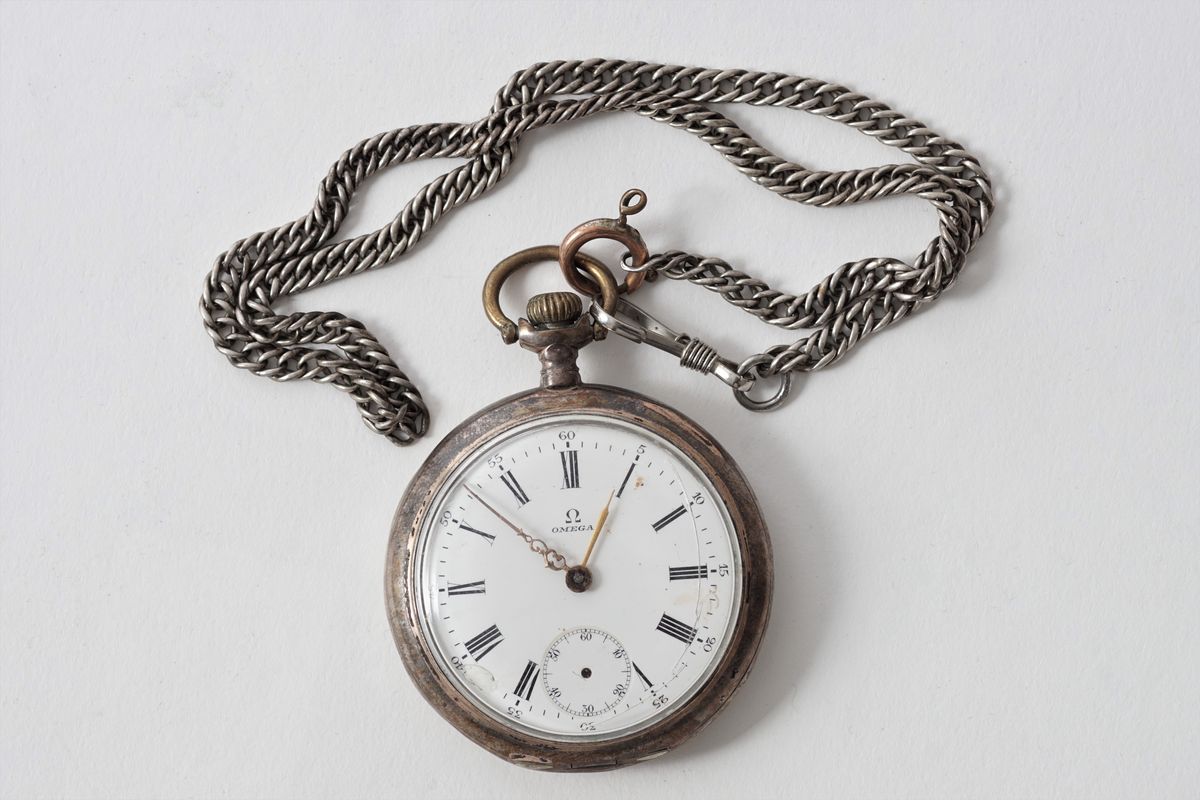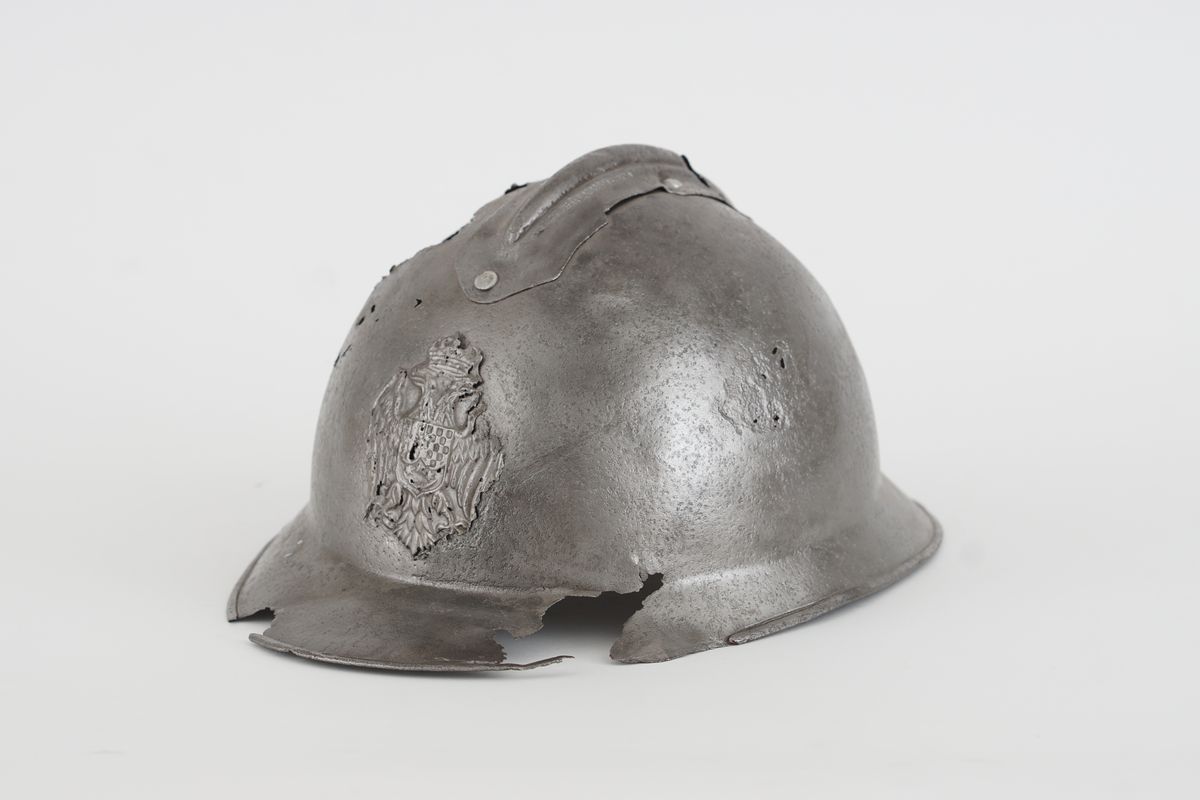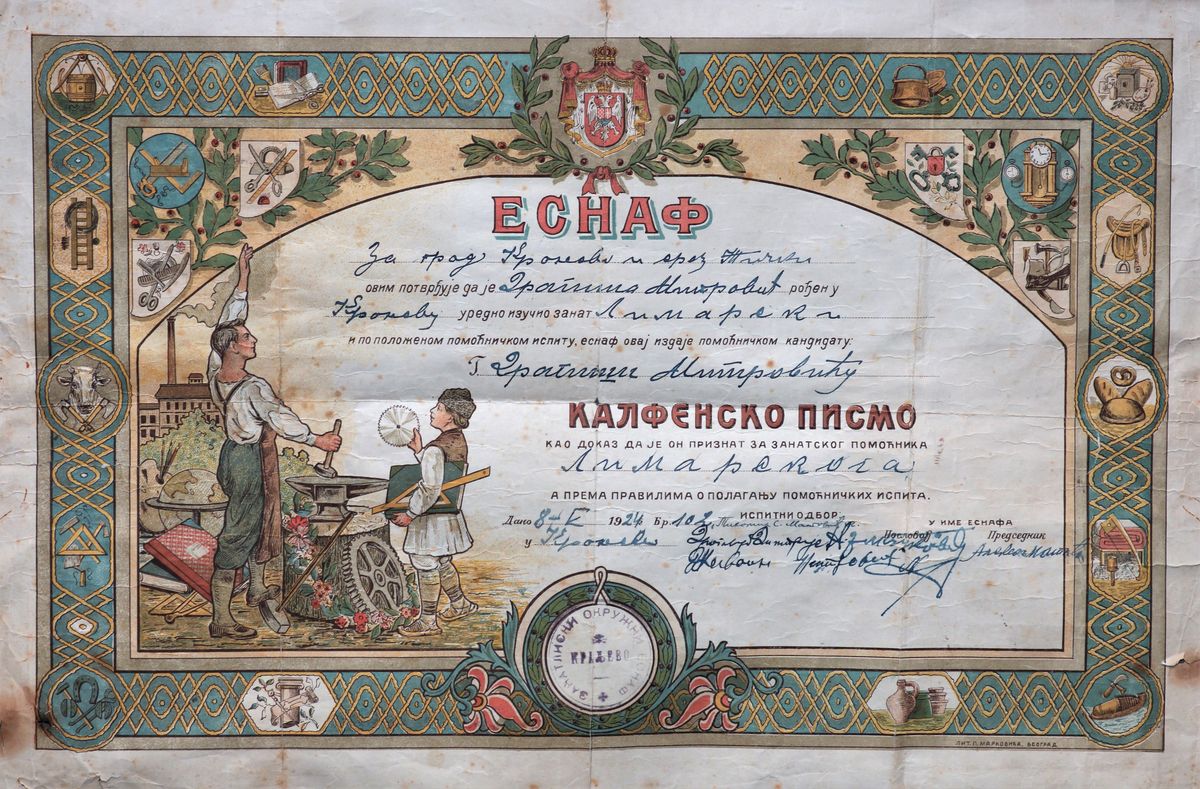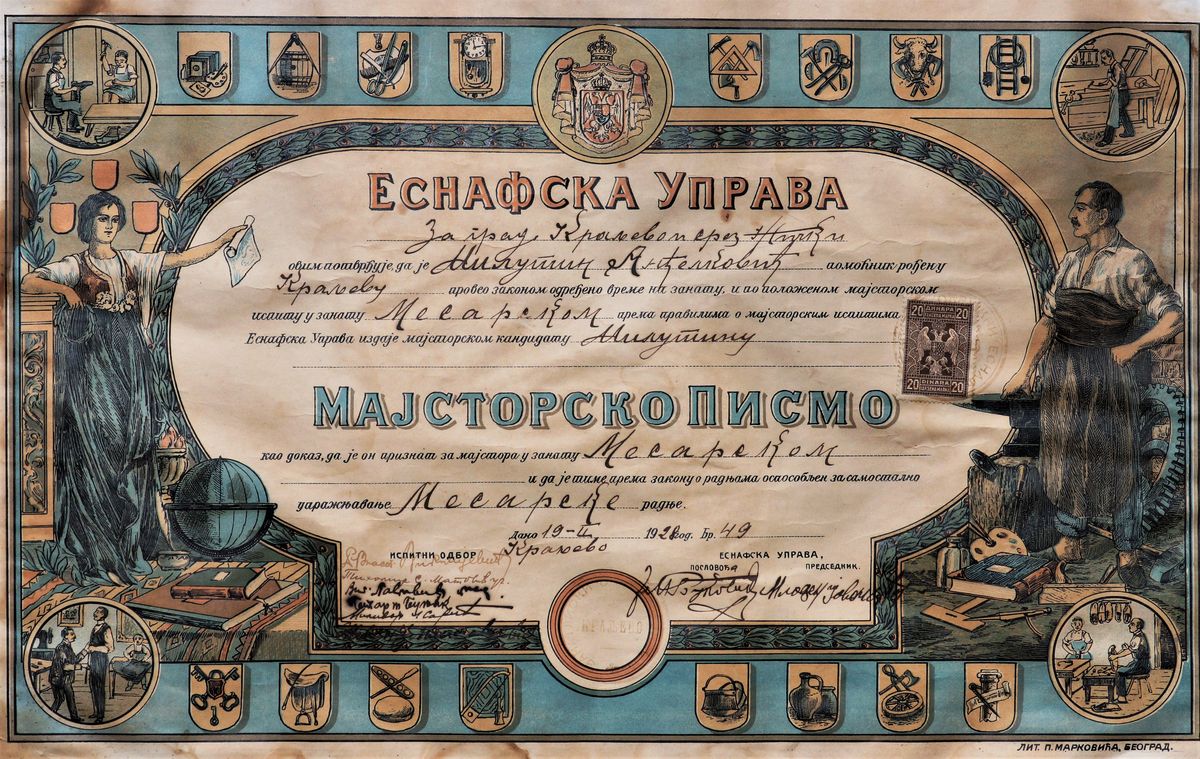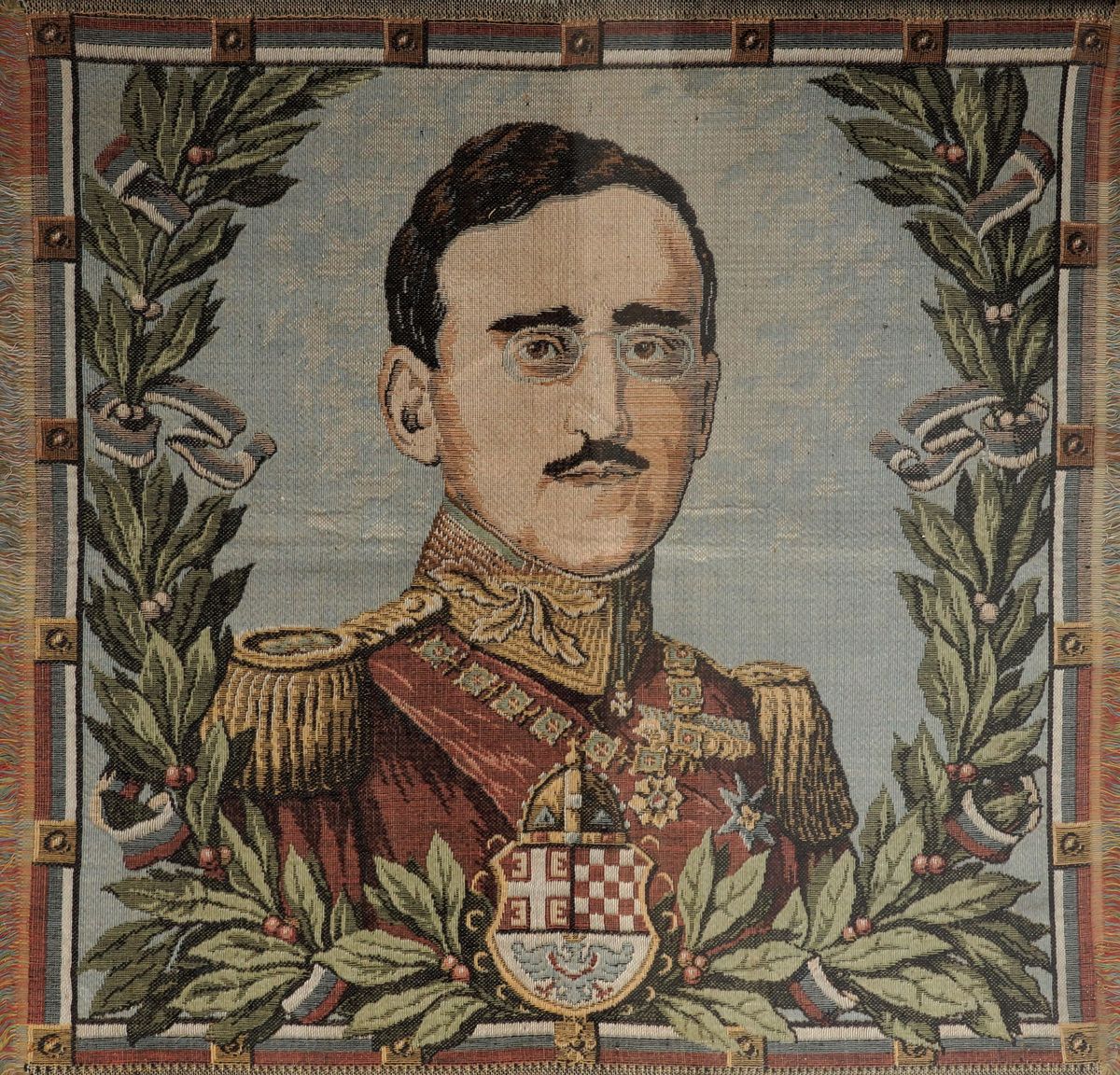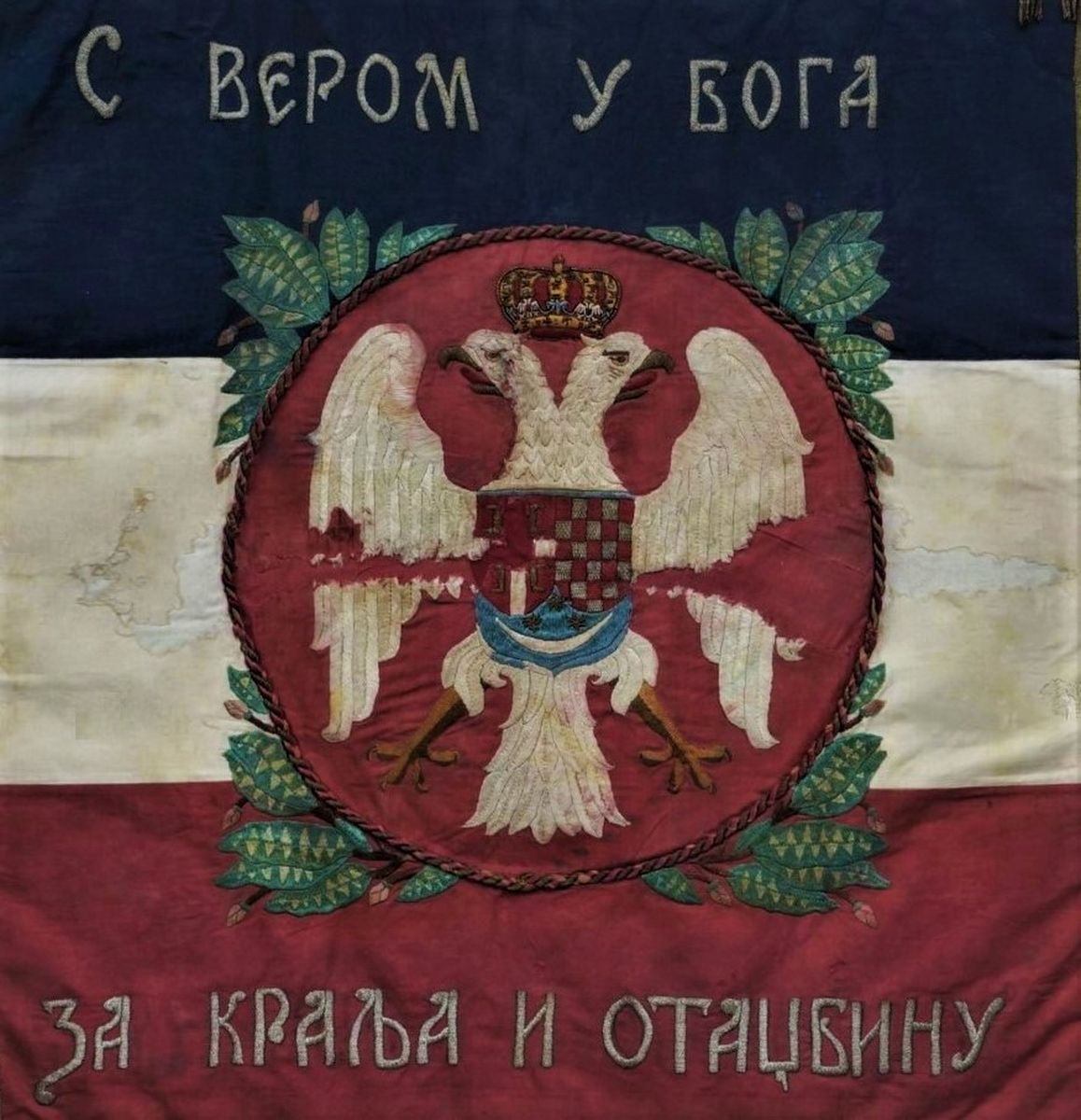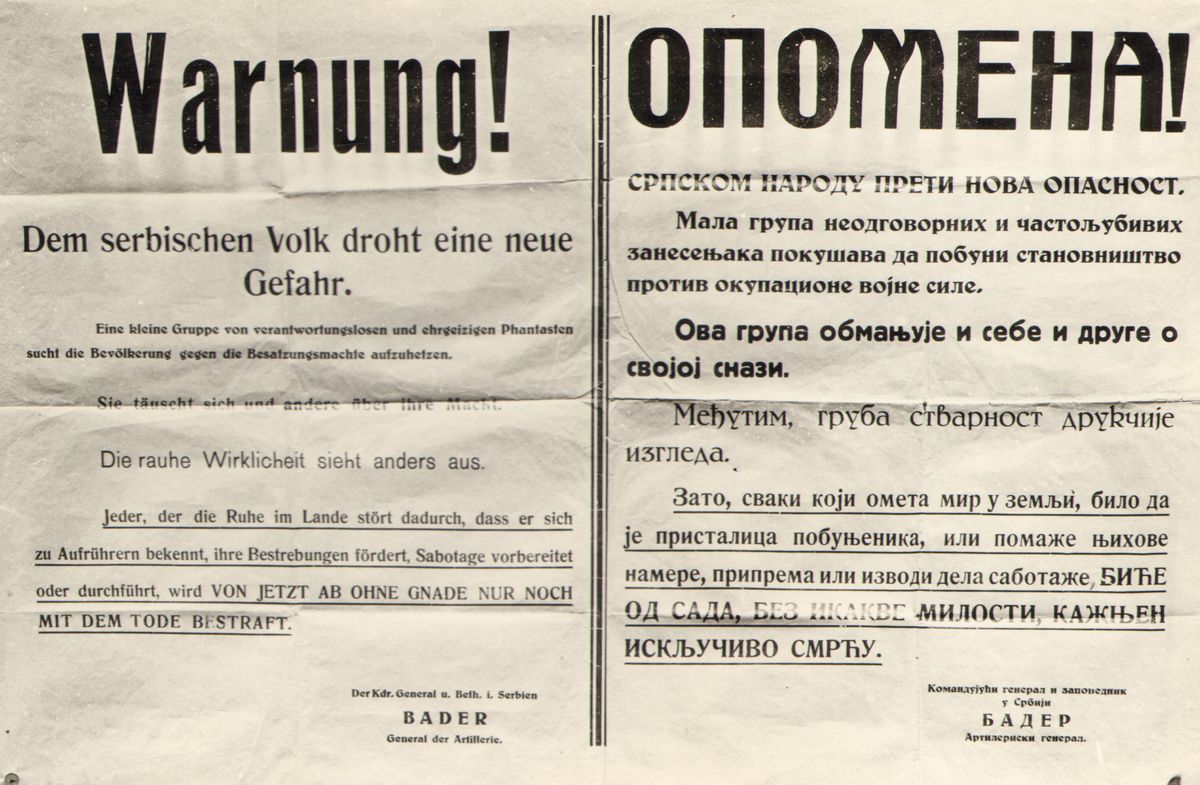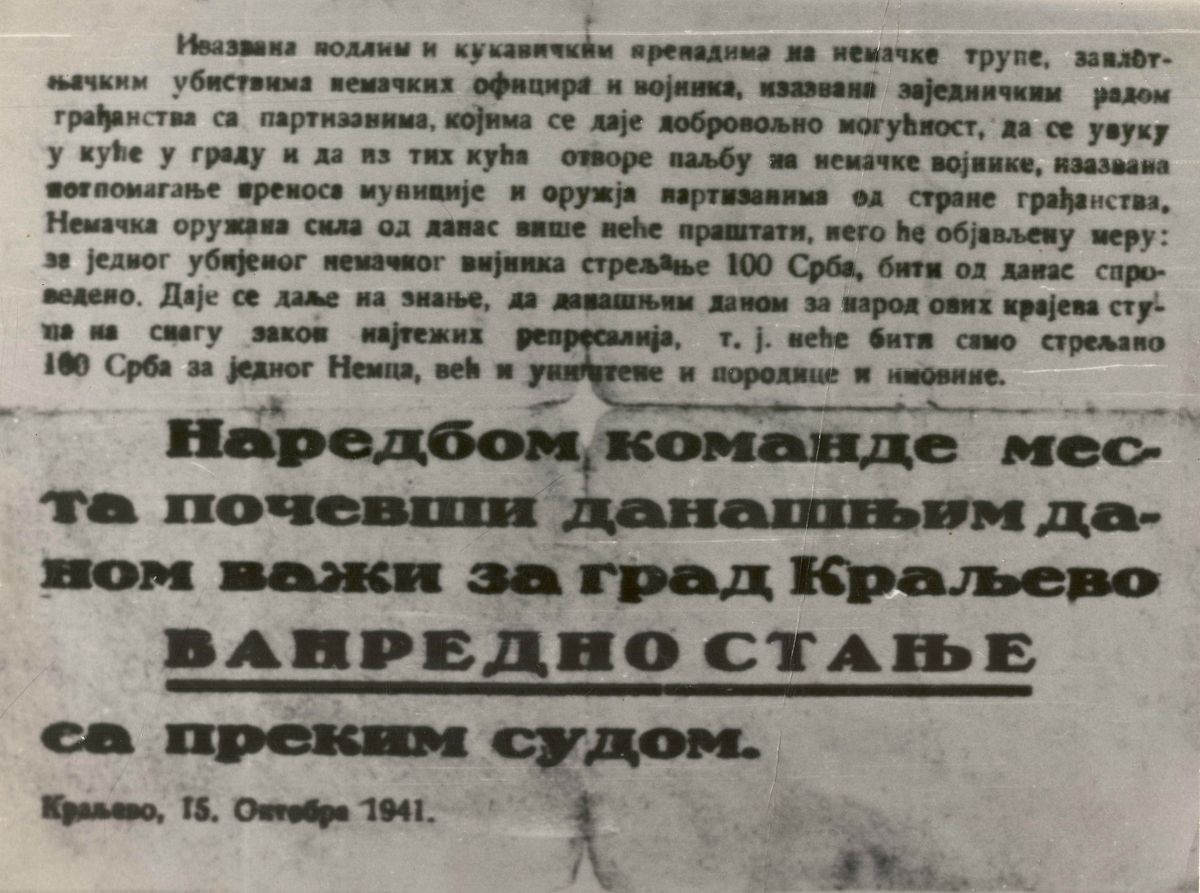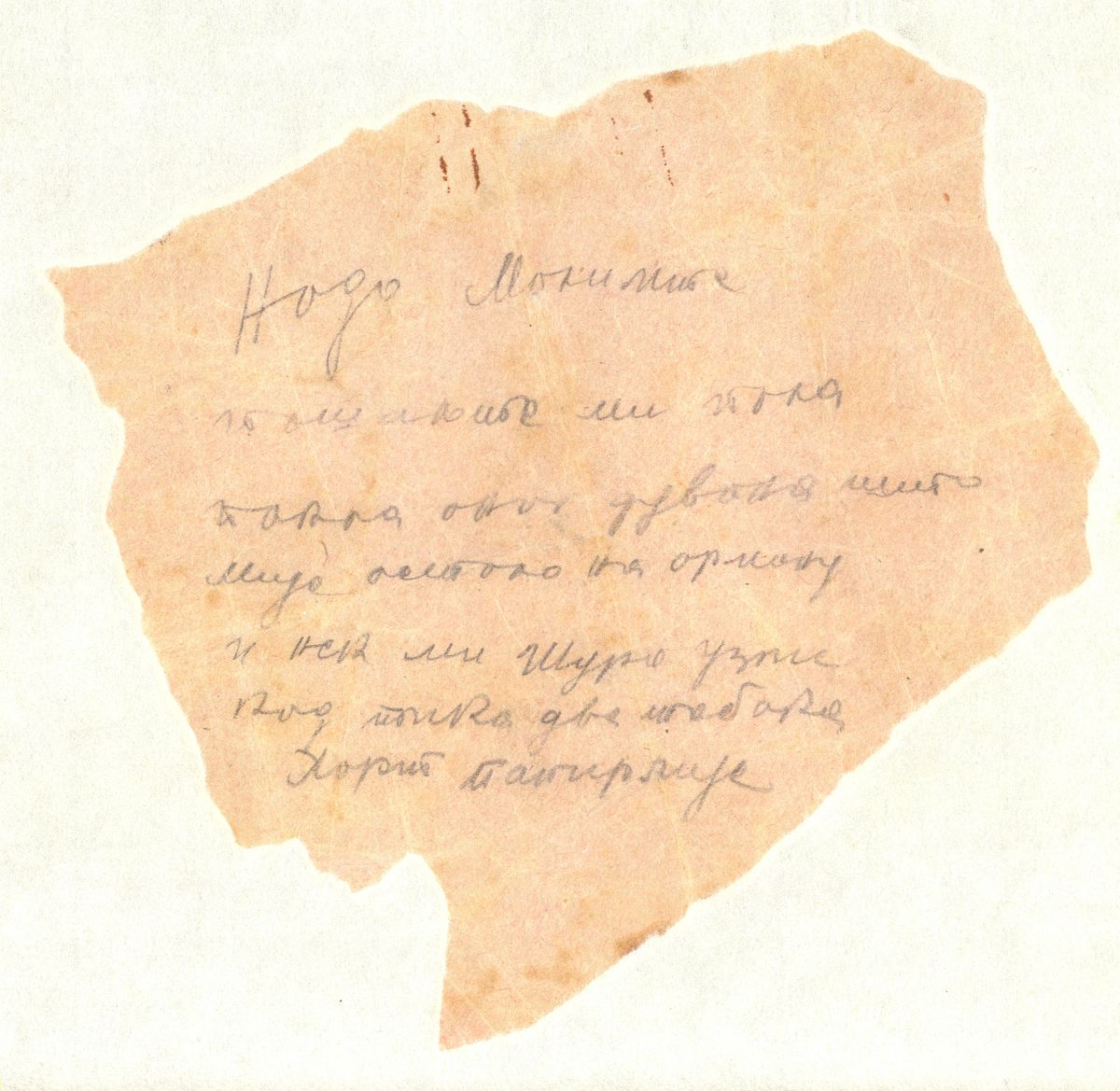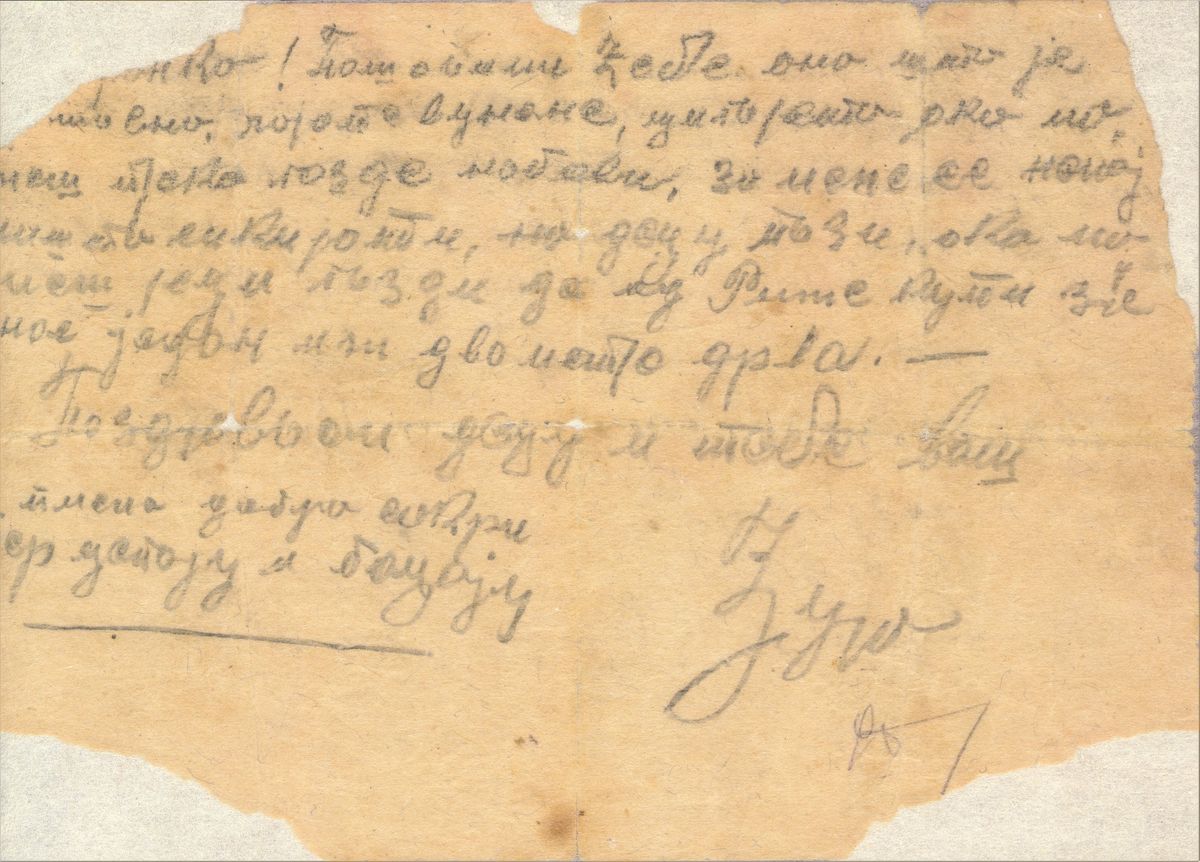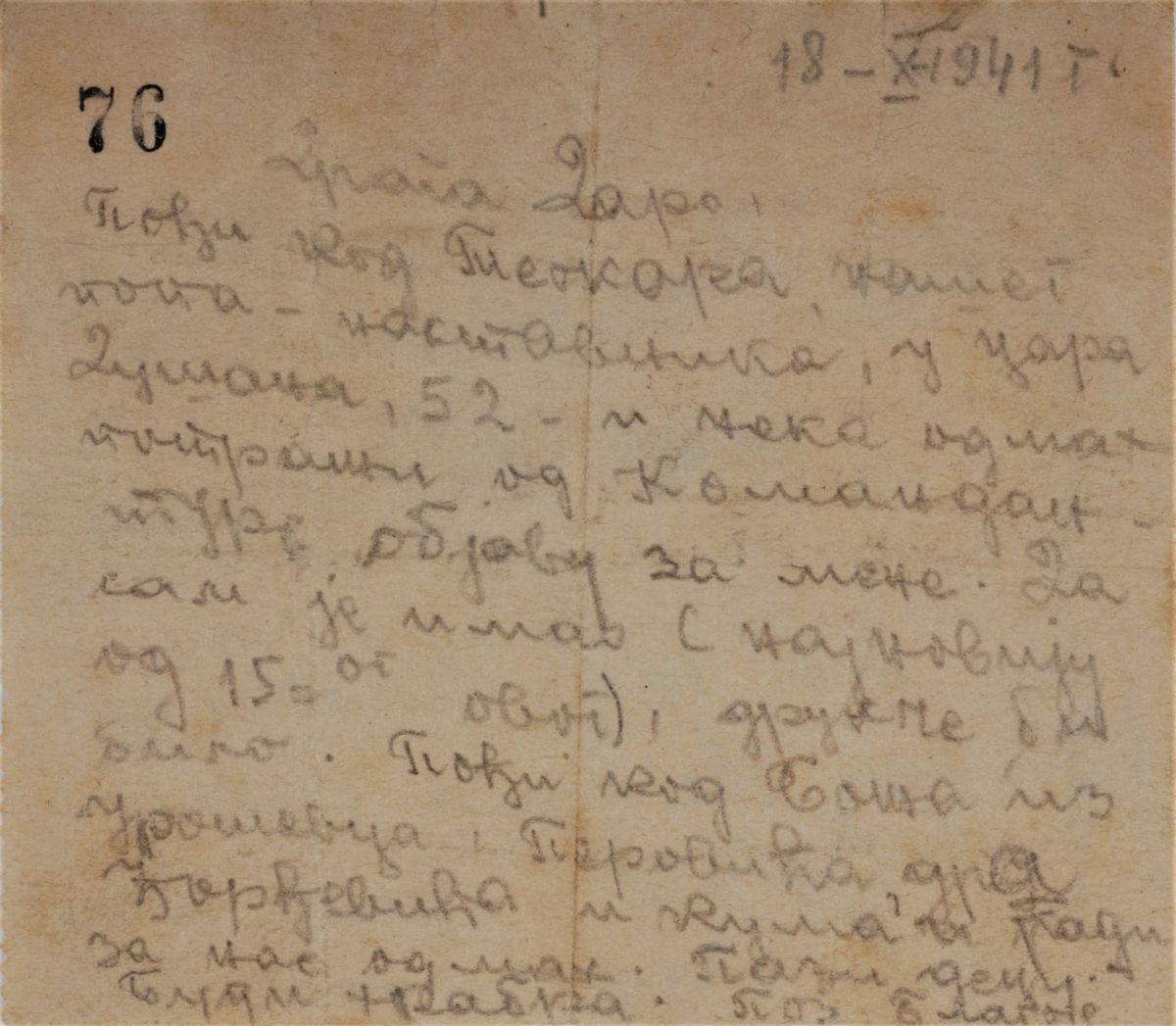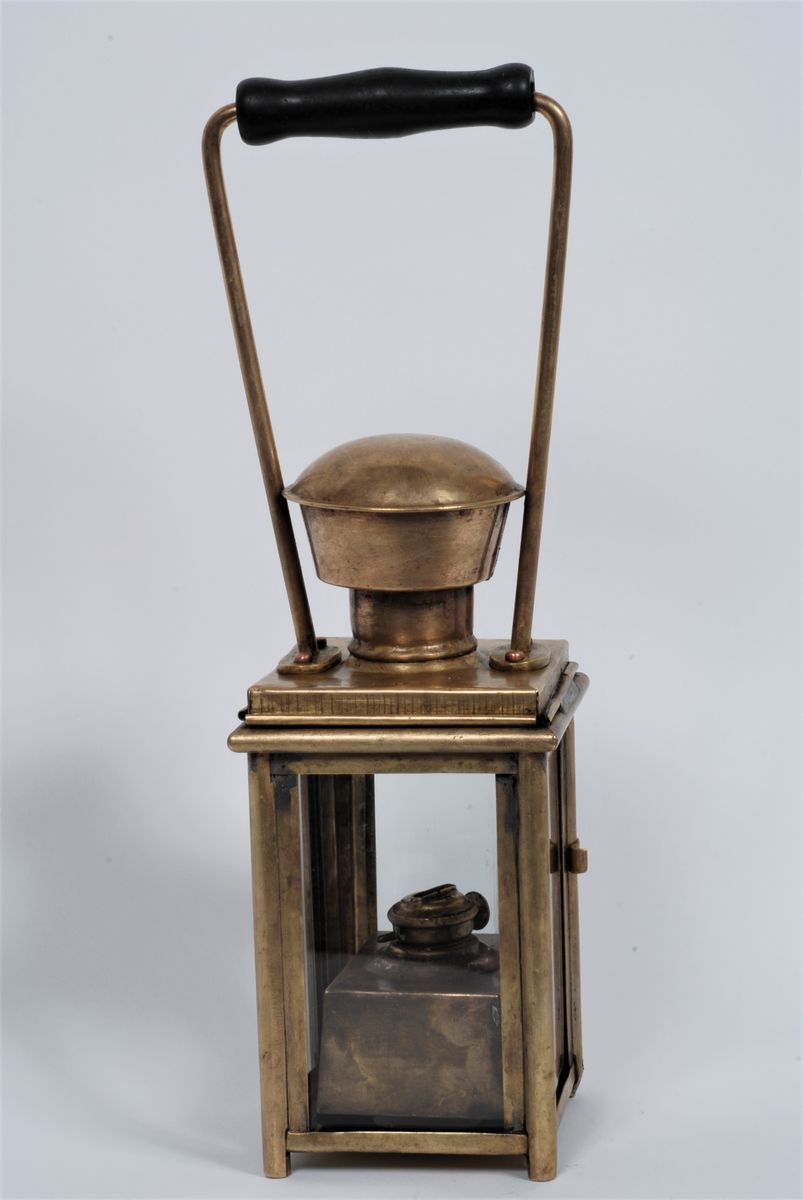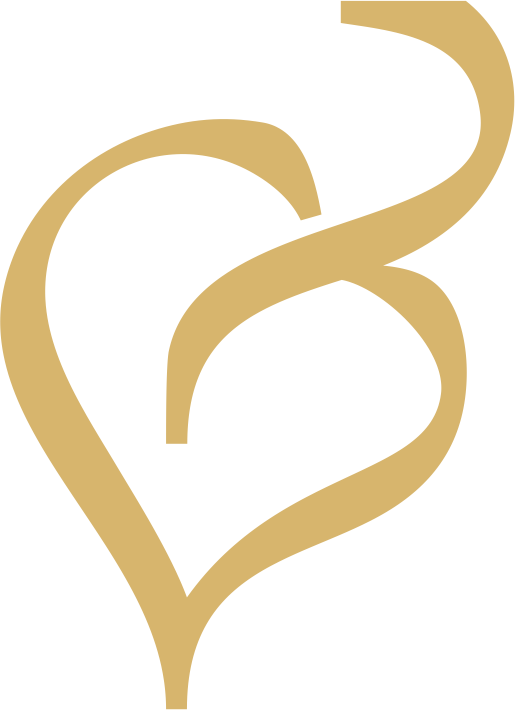
About the Collection
The objects of historical importance which, authentically and with the support of documents, testify to the past of the Kraljevo region are systematised in a series of subject subcollections within the Historical Collection. For the history of Kraljevo itself, one of the most important and most numerous wholes of the Historical Collection refers to archivalia, whose content is made of documentary material from different periods of history of the Kraljevo region. Careful reading of its content results in exhaustive, exact, but also most intimate details from the life and development of Kraljevo – strategic, economic, administrative, cultural-educational and family circumstances and relationships. The documents which make the content of this collection were created within the operation of institutions – municipality, district and county authorities, schools, banks, factories, guilds, activities of political parties, civil and military administrations and individual archives, as well as family legacies.
Besides the archivalia, the rich material of the Historical Collection is classified into a series of subcollections: realia and memorial objects, weapons and military equipment, flags, decorations, medals and plaques, photographs and postcards, posters and leaflets, seals and diplomas, variae. As the collections were increasing, the classification into new subcollections deepened: objects which belonged to the civilians shot in October 1941 in Kraljevo; old and rare books; economic-technical objects from factory production. The total number of varied exhibits of the Historical Collection exceeds 3 000, and there are also about 3 000 objects recorded as study material. The collection is entirely systematised within two chronological units: the first one refers to the period from the end of the Middle Ages to 1918, and the second one covers the period from the mentioned year, i.e. the history of Yugoslavia and contemporary history.

Weapons and Military Equipment
The subcollection of weapons and military equipment, with the specimens of objects which illustrate the development of cold weapons and firearms in the period from the end of the Middle Ages, through the 19th century, which was turbulent for Serbian people, all until the end of large-scale armed conflicts in the 20th century, is one of the most attractive museum collections. After the rise and fall of the Nemanjić state, with the prevalence of cold weapons in the period of Turkish rule, new types of weapons appeared – they were of Oriental origin and unusual shapes, with diverse decorative motifs. In cold weapons, the prevalent ones were yataghans, but also “shashka” sabres; in firearms – kubura flintlocks with grips decorated with stylised ivory and brass ornaments, rifles “roga”, “karanfilka” and “rašak”, which were used in the 18th and 19th centuries, where every specimen was individually handmade. In the course of time, these types of weapons became a constituent part of the equipment of hajduks (brigands) and Serbian insurgent forces. Due to more organised supply of weapons in the autonomy gained in the Second Serbian Uprising, in addition to Turkish weapons, Austrian, Venetian and Russian ones were used as well. The establishment of standing army in Serbia required continuous monitoring of the increasingly fast development of military equipment and weapons, particularly of different types of firearms. From 1837, Karanovac had a garrison of standing army, whose officers and soldiers, with the changes of branches, from infantry, cavalry to artillery, were equipped with different types of weapons, the specimens of which have been preserved in the collection. The first Serbian infantry rifles having the ammunition with metal cartridge cases were used for military purposes from 1870, when the Principality of Serbia joined the conversion of old types of rifles to the Peabody system, to 1906. Breechloader rifles – type ostraguša, as they were called by the soldiers, are part of the museum collection and the permanent exhibition.

19th Century
Several impressive objects from the 19th century represent several subcollections of the Historical Collection. Firstly, there is a collection of Old and Rare Books, which numbers about a hundred copies of books and volumes of journals/magazines. The collection also contains laws, decrees and rulebooks from the time of Prince Mihailo Obrenović and Prince Alexander Karađorđević. The predominant publications are those published in the period from 1792 to 1867, with diverse content: historical books, books from the fields of literature, geography and agriculture, church books (psalters, menologia, horologia, euchologia), school textbooks, newspapers, journals/magazines, etc. Two objects are from the group Decorations, Medals and Plaques, in which every specimen is special because their holders were awarded for different reasons, either for their heroism and honour in wars or for their social, cultural or economic contribution in peace. There are a small number of flags, but they are extremely valuable because they are most representative examples of symbols of cultural-educational societies, political associations or military formations, such as the unique flag of the “First Kraljevo Singing Society“, which is presented here.

Kraljevo and the Obrenović Dynasty
In the National Museum Kraljevo, a great attention is paid to the investigation of documents and collection of objects which refer to the period of rule of the Obrenović dynasty. From the liberation of Karanovac in 1815 in the Second Serbian Uprising, under the leadership of Prince Miloš Obrenović, until the assassination of King Alexander Obrenović and Queen Draga in 1903, Karanovac (since 1882 Kraljevo) had a lot of points of contact and nice memories of the rulers from this dynasty. The collected objects, photographs and documents keep, in the best way, the memories of the period when Kraljevo got its first urban plan, its new name, first secondary school and a significant place in the renewed act of anointment of Serbian kings in the monastery of Žiča and document a lot of stories kept by oral tradition about the stays of rulers in Kraljevo and their meetings with Kraljevo people.

Photographs and Postcards
The photographs and postcards from the 19th century and the beginning of the 20th century, as a life stopped in time, testify to the appearance and development of Kraljevo and its surroundings, Mataruška and Vrnjačka Spas and their inhabitants in the bygone decades. In the old photographs, the Church of the Holy Trinity from 1824, the Konak (residence) of Lord Vasa Popović built in 1831 and the building erected for school needs in 1873 (today’s museum building), with the panorama of Kraljevo, the upper and lower parts of the town, make the base for reconstruction of the beginning of urbanisation at the end of the 19th century. The collection contains the photographs of many families (Bunjak, Milosavljević, Ilić, Milenko Mitrović – bookseller, Papakoč, Tošić. Belimarković …) as well as of individuals, participants in important social, military, political and cultural events. From the photographs and postcards one can read the history of large battles of the Balkan Wars and the warfare during World War I with the epilogue at the Salonika front. Real rarities are photographic plates, specimens of 123 glass plate negatives, presenting the photographs of the 11th infantry regiment “Karađorđe” from the Salonika front.

Kraljevo and the Karađorđević Dynasty
The Historical Collection holds three precious photographs connected with the act of anointment of King Peter I Karađorđević in Žiča, as the second event of that kind in the history of modern Serbian state. Like King Alexander I Obrenović, King Peter was anointed at the very beginning of his rule after the coronation ceremony had been performed in the Cathedral Church in Belgrade. This act increased the reputation of the dynasty and the rulers both internally and internationally. On the other hand, the arrival of the king was an exceptional event in the local history of Kraljevo. In addition to these three photographs, there is also a photograph of King Alexander in Žiča taken in 1933.

20th Century
The following objects from the 20th century also belong to some subcollections of the Historical Collection. The copy of the Regulation plan of the town of Kraljevo of 1901, as part of the subcollection Maps, Atlases and Plans, is a precious testimony to the urbanisation of the town. This group does not have numerous objects, but the exhibits are extremely valuable. The subcollection Decorations, Medals and Plaques is abundant in the material from the 20th century relating to the Balkan Wars and World War I as well as to World War II and the period of socialism. Besides another exhibit from the subcollection Flags, an object from the collection Realia and Memorial Objects is also presented here. These objects are thematically classified into several groups, i.e. those that belonged to the participants in World War I, then to the holders of cultural, political and social events between two world wars, up to the personal belongings of the people who tragically perished in fascist concentration camps. There are also objects that belonged to the participants in important war turmoils and battles of World War II, in different military formations on the territory of Kraljevo.

Memorial Objects which Belonged to the Hostages Shot in the Lager in October 1941
Memorial objects which belonged to the hostages shot in the Lager in October 1941 form a specific subcollection within the Historical Collection. It holds archival material, photographs and objects, as fragments of everyday life of the civilians shot from October 15th to 20th, 1941 in the mass reprisal – crime against humanity, committed by the regular Wehrmacht army. This unique thematic collection contains valuable memorial material, collected for decades in constant communication of the National Museum Kraljevo and the former institution Memorial Park with the families of victims. It comprises identity cards, personal documents (Commemorative medals of the Great Serbian Retreat; certificates of citizenship; Soko society membership card, correspondent’s ID – editorial board of the newspaper “Vreme” …), employment booklets, military document of those shot in the Lager, student booklets… The last messages which the hostages sent from the Lager to their families are objects of extraordinary value because they speak through the personal writings of those who perished. On the other hand, there are certificates which the German headquarters for the town issued to families about the shooting of their dear ones during December 1941. The main content of the Collection consists of original, authentic and credible historical sources – lists of those shot – created in the factories, institutions, schools, in which those who perished were employed, and the joint List of persons from the territory of Žiča District who were killed during communist disorders – from the District Head Office in Kraljevo, sealed and signed by the District Head, dated May 28th, 1942. Within the corpus of the mentioned sources of first order, there are also death certificates from the Serbian Orthodox Church (Church of the Holy Trinity) and the Register of the Deceased of the Roman Catholic Parish Office (Church of St. Mihovil) in Kraljevo for the period 1941–1944. The memorial belongings also contain posters, leaflets referring to the shooting in the Lager; personal and family photographs that belonged to those shot; objects that belonged to them (watch mechanism, railroad lantern, cigarette cases, combs, wooden water flasks, drawings, wallets, pipes …), which bear the traces of personal, unrepeatable life of those who perished.

